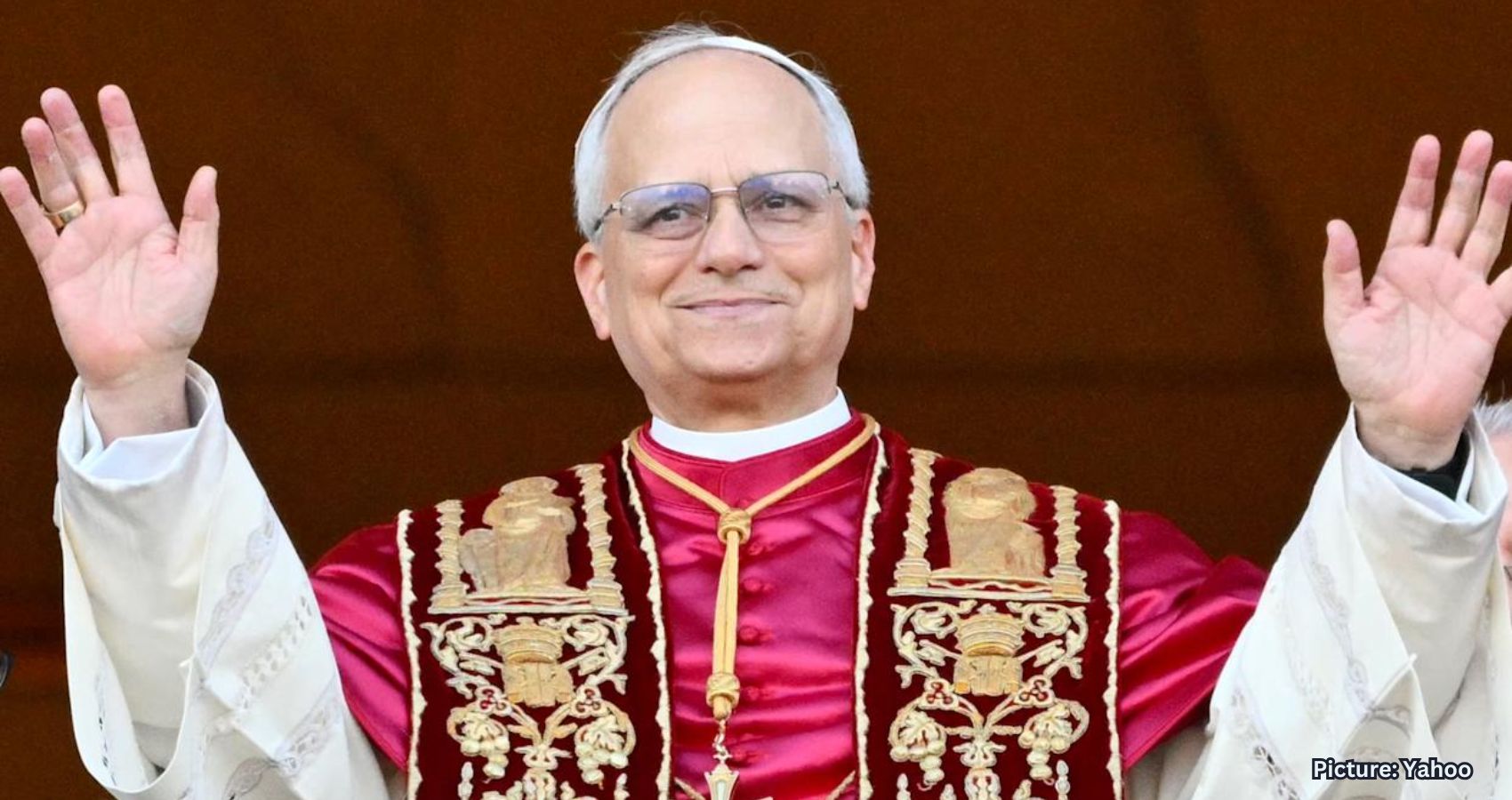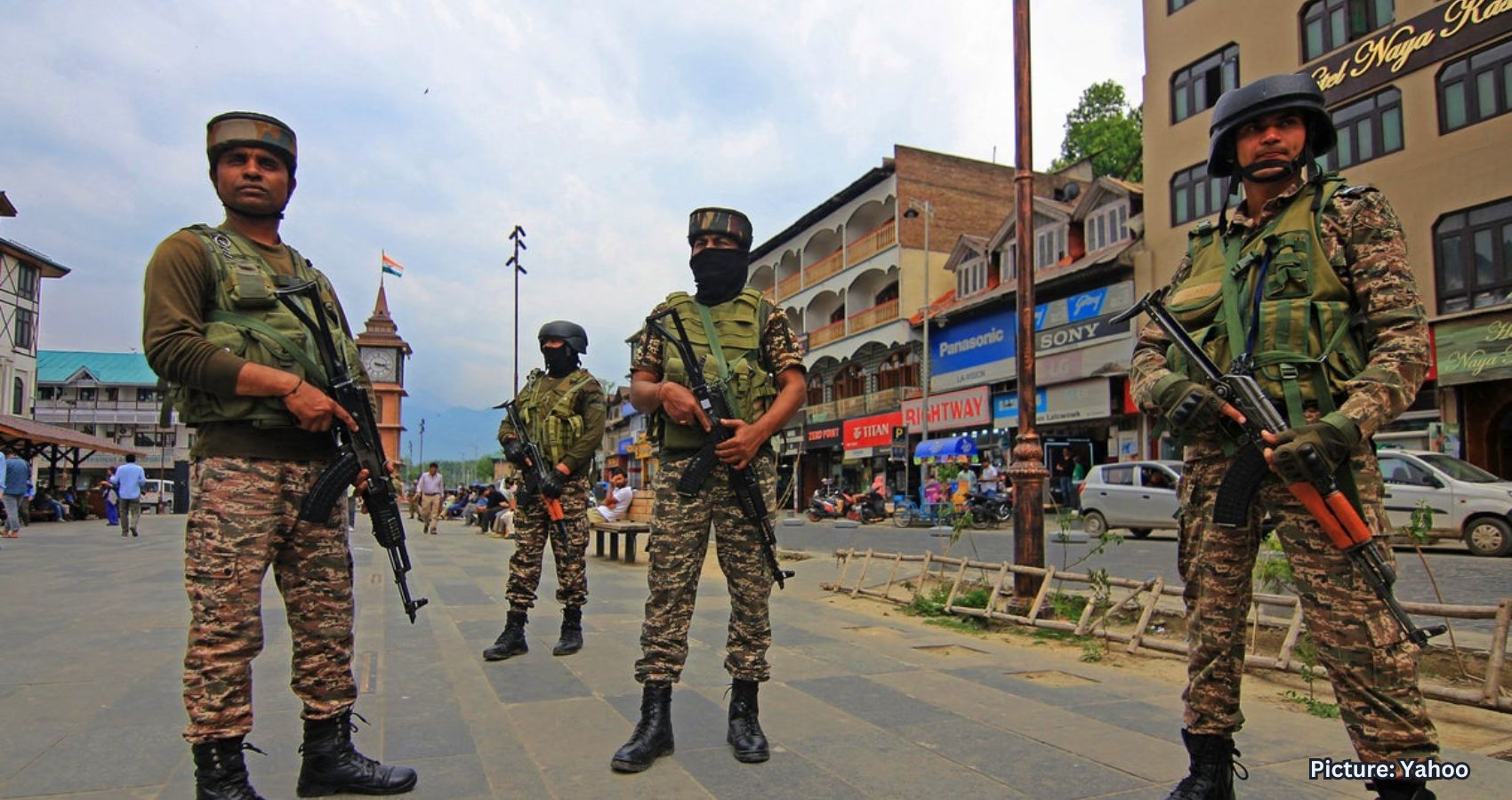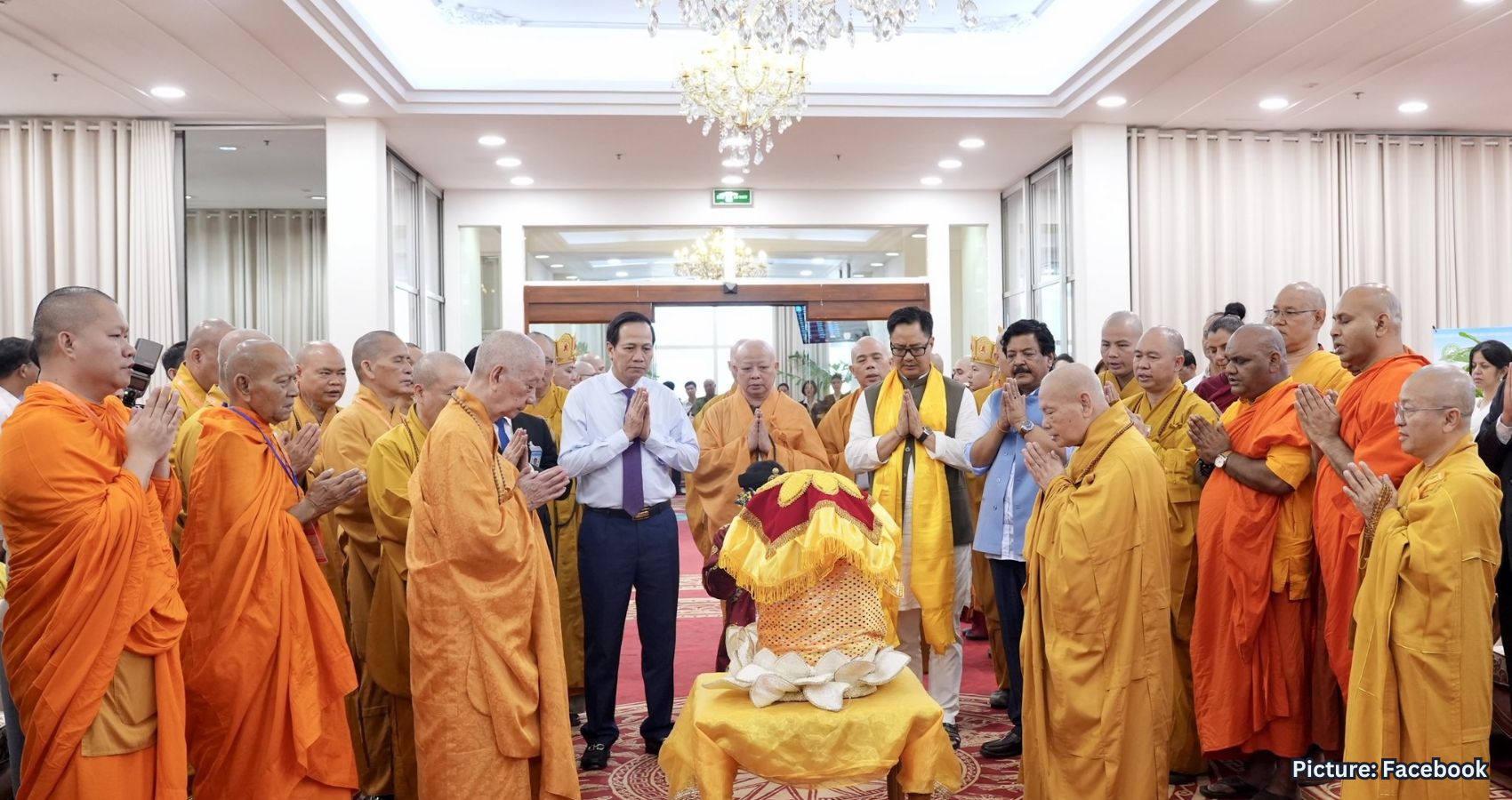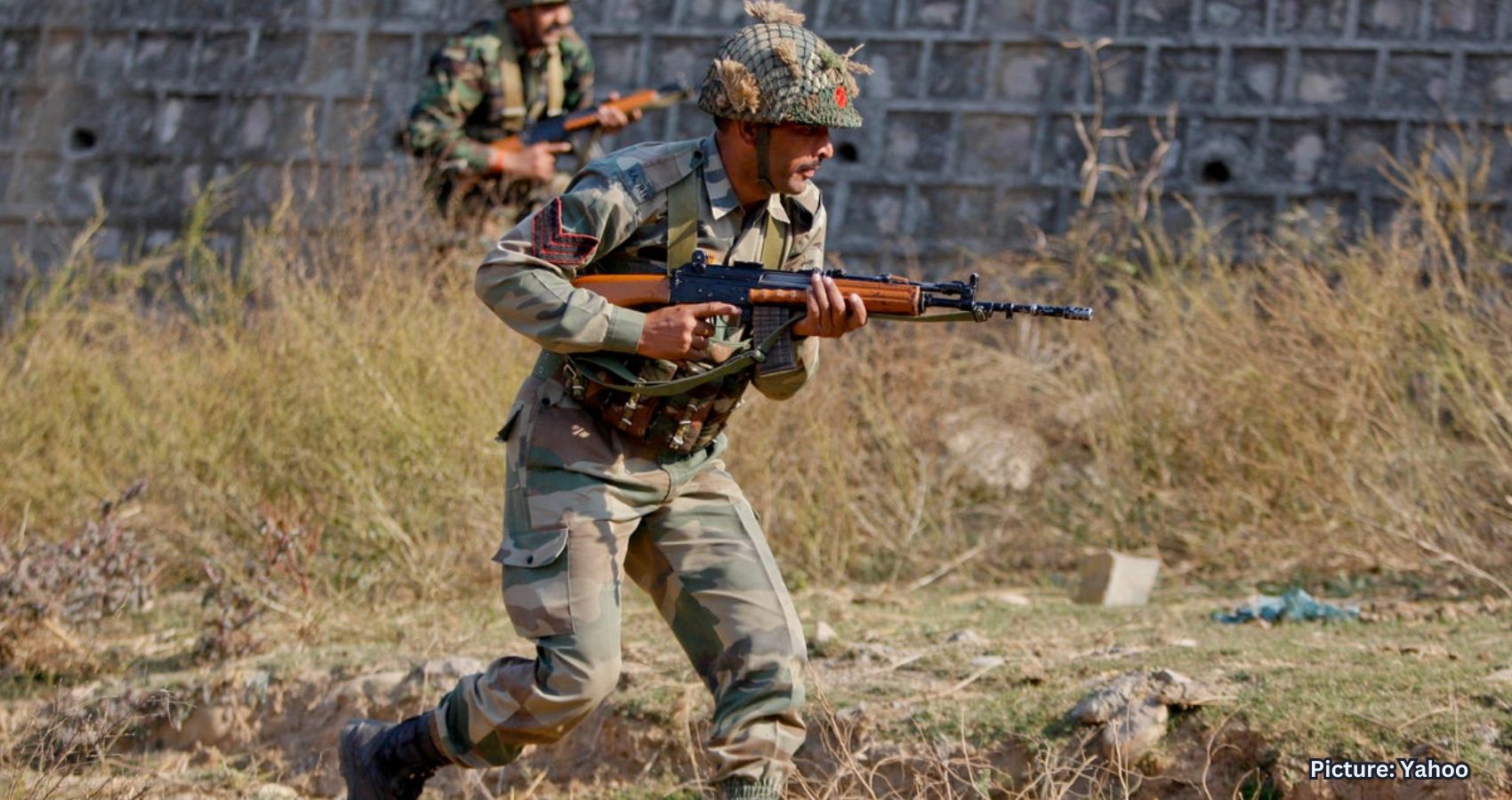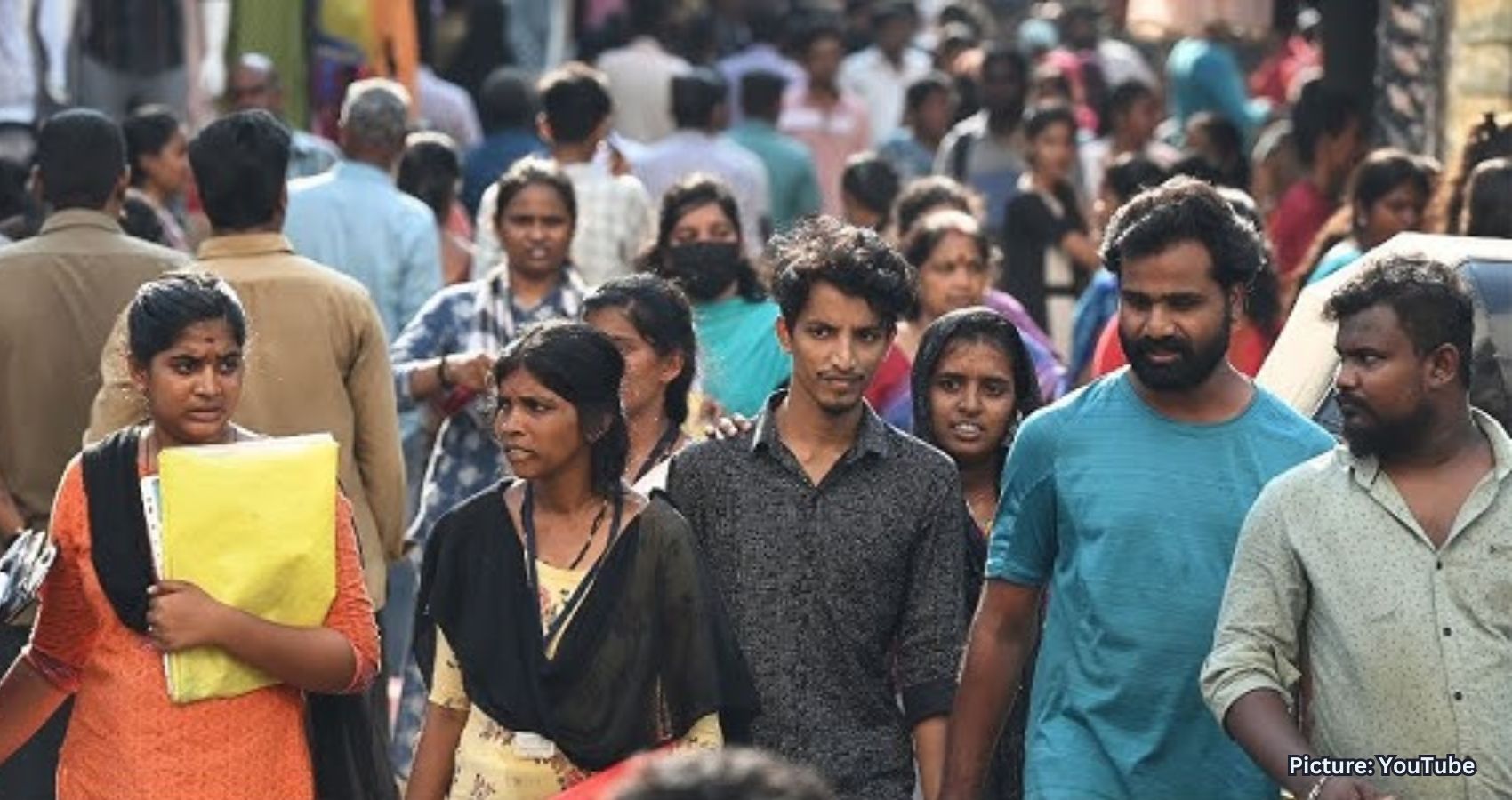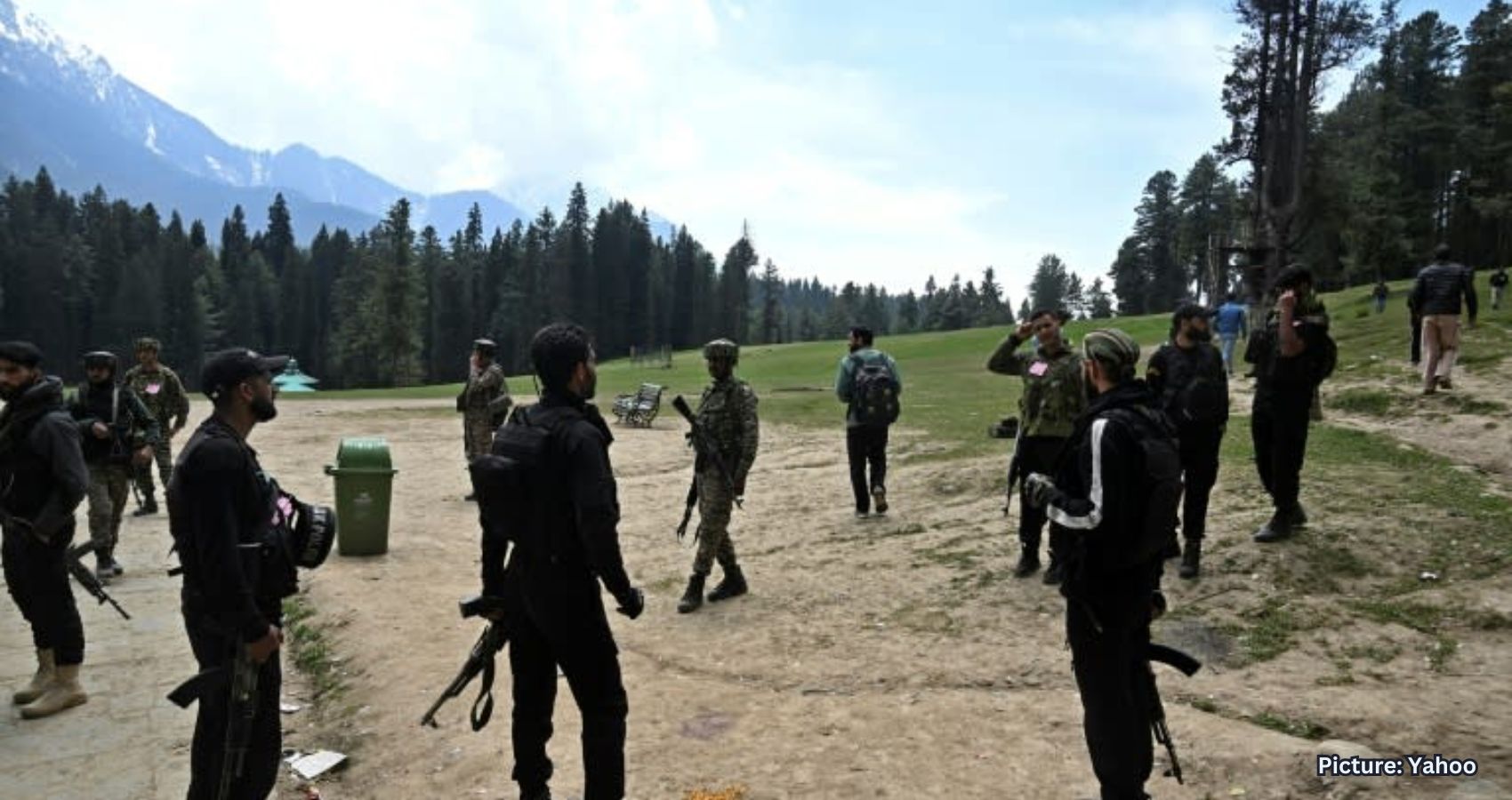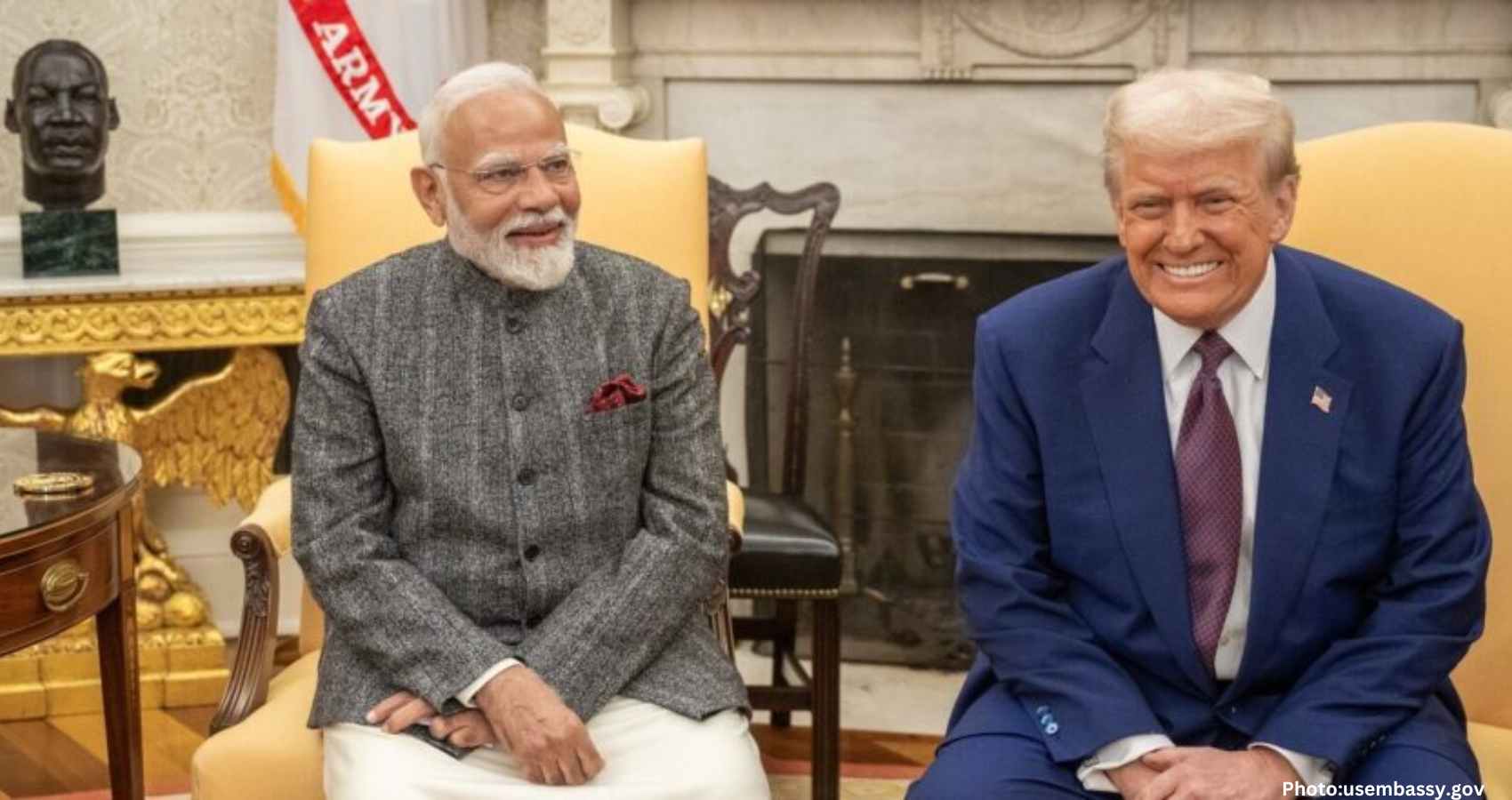The 10th annual International Media Conference and the 12th anniversary celebrations being organized by the Indo-American Press Club (IAPC), the largest organization representing media professionals of Indian origin in North America, was organized at The Woodlands Inn and Resort in Poconos, Pennsylvania from May 3-5, 2025 with the lighting of the Traditional Lamp by honored dignitaries, guests, IAPC leaders, Chapter leaders, and, media and community leaders from across the world.
The theme for this year’s conference was “Media at the Crossroads: Truth, Technology, and Global Responsibility” a topic that holds immense significance in today’s interconnected and rapidly changing media world. Dozens of media persons from the United States, Canada and India participated at the power packed conference, which included workshops and panel discussions on social media influence.
Attended by renowned journalists, media professionals, writers, and community leaders, the conference provided a perfect setting for discussions on media excellence, role of media in a fast changing media landscape, innovation and challenges faced by the mainstream media, and global collaboration. Marking a decade of fostering connections among media professionals, the conference provided a vital platform for networking, knowledge-sharing, and building meaningful collaborations.
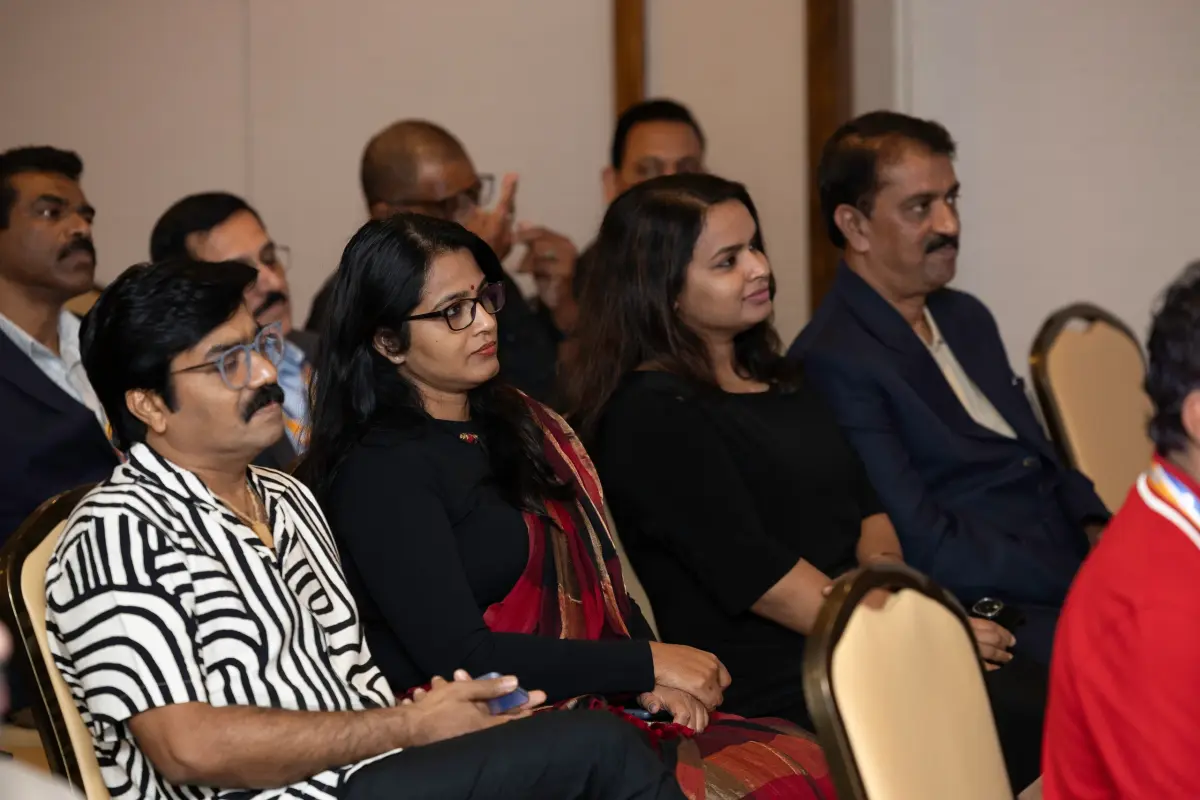 Participants at the Conference were part of insightful panel discussions, keynote speeches, and interactive sessions led by media experts, offering valuable perspectives on the evolving world of journalism. With digital transformation and press freedom remaining critical global issues, the conference facilitated discussions on key challenges and potential solutions shaping the future of journalism.
Participants at the Conference were part of insightful panel discussions, keynote speeches, and interactive sessions led by media experts, offering valuable perspectives on the evolving world of journalism. With digital transformation and press freedom remaining critical global issues, the conference facilitated discussions on key challenges and potential solutions shaping the future of journalism.
Dr. Indranil Basu Ray, Chair of IAPC BOD, shared with the audience his many plans for the organization that he has been chosen to lead. He said, “I am planning to start a new channel magazine every week called Indian American News with the objective of sharing news as well as to advertise IAPC and generating funds to manage IAPC needs,” Dr. Basu Ray shared his plans to organize a larger IMC in the United States and a media conference in India.
In his inaugural address, Dr. Babu Stephen highlighted the role of media, the challenges faced by journalists across the globe, and the contributions and achievements of the Indian American Diaspora in the United States.
In his felicitation remarks, former Chairman of IAPC, Mr. Kamlesh C. Mehta, a respected media entrepreneur, philanthropist, and community leader, reiterated his commitment to create a News Agency by IAPC members which will keep IAPC and its members in the limelight and bring in revenue.
Romy Mathew, a journalist at the Manorama News; Gopikrishnan, a renowned cartoonist and social commentator at 24 News; Smuruthy Paruthikad, Executive Editor and author at Reported TV; and, Madhu Saji, Senior News subeditor at Mathrubhumi News, shared with the IAPC delegates their perspectives on the Role of Media in the modern world, in the face of many headwinds faced by journalists to be objective and authentic in reporting.
These famed journalists, who came all the away from India to be part of the IMC, led an insightful and thought provoking seminar on the challenges and opportunities faced by the media landscape today. They were joined by James Chacko and Joseph at the Seminar. Contributing to the lively discussion.
IAPC honored Romy Mathew, Gopikrishnan, Smuruthy Paruthikad, Madhu Saji , and Ilaibharthy, a dedicated media professional affiliated with the Canadian Tamil Broadcasting Corporation (CTBC Radio)with Media Excellence Awards for their contributions to the media world.
Dr. Eapen Daniel led a powerful seminar on the Influence of Digital Transformation on Mainstream Journalism. Ajay Ghosh, James Kureekatil, and Varghese Korason were other panelists at the seminar. Brain Drain was the topic discussed by a powerful panel led by Dr. Indranil Basu Ray, who was joined by Prakash Shah, Rohit Vyas, James Kureekatil, and Varghese Korason.
IAPC conferred Lifetime Achievement Award 2025 on: Dr. Satheesh Kathula, Anju Vallabhaneni, Prakash A. Shah, Dr. Vemuri S. Murthy, Sam Maddula, Madhavan B. Nair, Dr. Babu Stephen, Bob Varghese, and Rohit Vyas for their accomplishments and contributions to the larger society during the inaugural ceremony. Kimberly Pine, Director at Ignite Investments was recognized for her role in the success of the Ignite Investments through raising capitol for private equity placements and fostering investor relationships with high-net-worth clients.
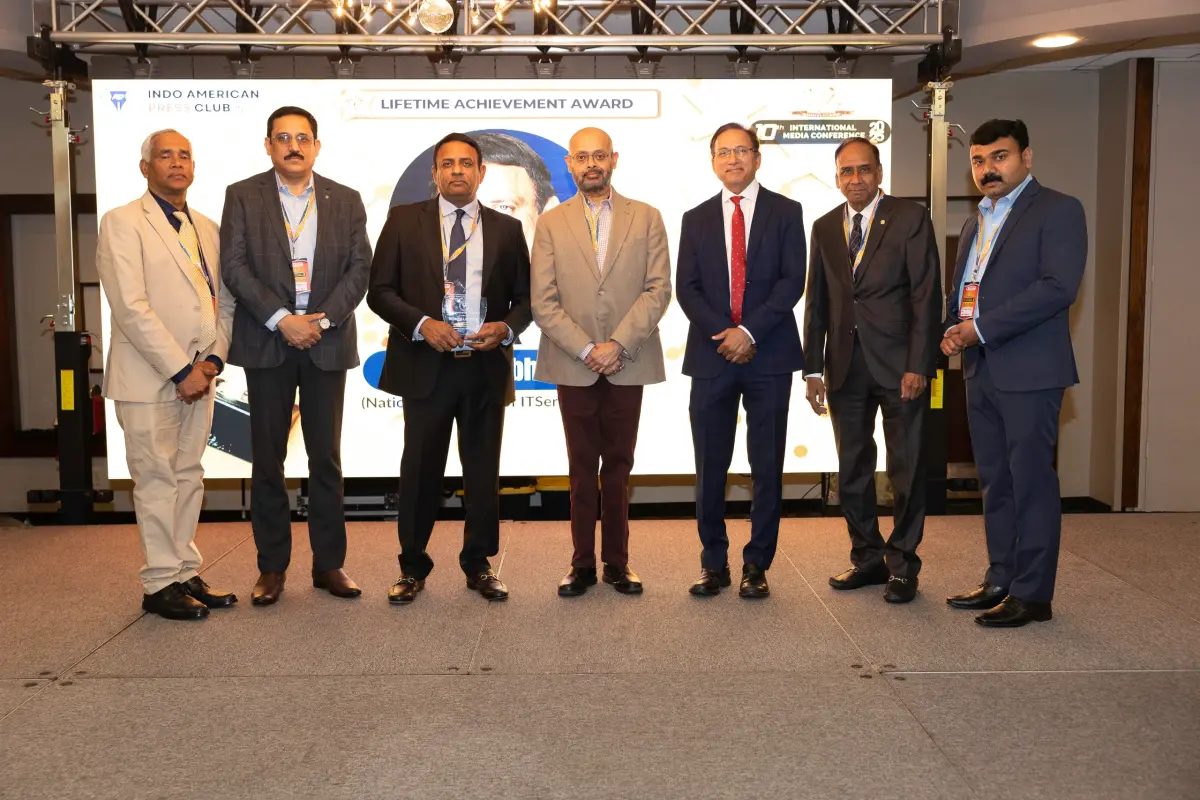 Dr. Vemuri S. Murthy is the co-investigator of a ground-breaking Cardiac Arrest Registry in India, “Warangal Area Cardiac Arrest Registry”. Dr. Murthy, a past President of the Chicago Medical Society and Indian American Medical Association (Illinois), has received several prestigious national and international awards and a Medal of US Congress as “Global Champion of Resuscitation” for his professional and community service contributions in the USA and India.
Dr. Vemuri S. Murthy is the co-investigator of a ground-breaking Cardiac Arrest Registry in India, “Warangal Area Cardiac Arrest Registry”. Dr. Murthy, a past President of the Chicago Medical Society and Indian American Medical Association (Illinois), has received several prestigious national and international awards and a Medal of US Congress as “Global Champion of Resuscitation” for his professional and community service contributions in the USA and India.
Dr. Satheesh Kathula, President of the American Association of Physicians of Indian Origin (AAPI), has dedicated his career to treating patients and actively supporting various nonprofit organizations. Dr Kathula’s love for his motherland led him to establishing a state-of-the-art pharmacy college in Warangal in Telangana. He conducted several medical camps close to his native place and donated a defibrillator, water purification plant, and library to his native place.
Anju Vallabhaneni, the national President of ITServe Alliance, a non-profit association representing over 2,500 IT companies across the United States, is a highly committed leader with extensive expertise in global delivery and a deep passion for community service. His impressive academic background and his leadership and strategic vision have been instrumental in managing businesses with revenues ranging from $5 million to over $100 million. He is deeply involved in philanthropic efforts, actively supporting over ten non-profit organizations.
Dr. Babu Stephen, a past chairman of the Board of Directors of the Indo-American Press club, was honored with the award for his contributions to the Indian American community. He is the CEO of DC Healthcare Inc, and the president of SM Reality LLC in Washington, and has been politically well-connected in both Washington DC and Kerala.
Prakash Shah, Chairman and Chief Executive of First Growth Mortgage and Realty Group, is the current President of the Global Organization for the People of Indian Origin (GOPIO) International. With over 45 years of global experience in mortgage banking, venture capital, and financial leadership, Mr. Shah has served on boards appointed by both U.S. Presidents and state governors. A founding member of several national organizations, he remains a key figure in the Indian diaspora’s growth.
Bob Varghese, an Indian entrepreneur who has created a glittering trail, Bob Varghese, stands tall among the emigrant Malayalis in the US. The fame and goodwill made by Vincente Jewelers in the last three decades is unparalleled and a story of pride for the community. His name is familiar not just among the business community in New York’s Long Island, but also the whole of the US. As proprietor of B & D Diamonds, he is well-connected with other international diamond merchants.
Sam Maddula, Founder & CEO of Bank’s Apothecary Specialty Pharmacy, is a distinguished leader, visionary entrepreneur, and dedicated philanthropist. He was born in a rural village in India, poor and legally blind, faced with a future clouded with uncertainty and with no opportunity to exist. His life story is one of purpose, impact, and a relentless commitment to building a brighter future for all. Today, Sam Maddula is on a mission to create a transformative impact on healthcare and society.
Madhavan B. Nair (MBN), widely recognized for his commitment to public service, cultural engagement, and philanthropy, has long devoted himself to advancing the well-being of the Indian-American community through diverse leadership roles and grassroots initiatives. He is the Founder and Patron of the North American Malayalee Association of Malayalees (NAMAM), and has served as President of FOKANA. In 2017, Mr. Nair established the MBN Foundation as the principal vehicle for his philanthropy.
Ginsmon Zacharia, Founder Chairman of Indo American Press Club, shared with the audience the history, the objectives and the achievements of IAPC in thew past 12 years. This was followed by a brief video presentation highlighting the history and achievements of IAPC.
During a Special Address by IAPC’s former Chairman Dr. Babu Stephen, he highlighted the importance of family staying untied and parents finding time to spend with children for closer bonds.
 The IAPC Souvenir Video edition was released after a video introduction by Dr. Mathew Joys, Chair of the Souvenir Committee and a short visual highlight of the souvenir on the screen, giving a glimpse of the beautifully curated content and memories it holds. In addition, the book “The Citizen Journalist,” written by Dr. Matthew Joys and providing guidelines for new media workers, was released by former Chairman Dr. Babu Stephen in the presence of eminent journalist Romi Mathew. The book is a compelling exploration of truth-telling in the modern world, blending insights from his rich experience in media, ethics, and civic engagement. Dr. Joys was then honored in absentia as one of the most prolific voices in the Indian American media community.
The IAPC Souvenir Video edition was released after a video introduction by Dr. Mathew Joys, Chair of the Souvenir Committee and a short visual highlight of the souvenir on the screen, giving a glimpse of the beautifully curated content and memories it holds. In addition, the book “The Citizen Journalist,” written by Dr. Matthew Joys and providing guidelines for new media workers, was released by former Chairman Dr. Babu Stephen in the presence of eminent journalist Romi Mathew. The book is a compelling exploration of truth-telling in the modern world, blending insights from his rich experience in media, ethics, and civic engagement. Dr. Joys was then honored in absentia as one of the most prolific voices in the Indian American media community.
Believing in nurturing and preserving our cultural heritage – and that includes the beauty and richness of our Indian languages, Shreshta Bhasha Malayalam, a video-based Malayalam language learning series created by Prof. Joy Pallattumadom was launched during the ceremony.
A Movie Trailer, THE GREEN ALERT, was shown to the audience as way of recommitting to the preservation of the ecological balance for future generations.
Felicitation by Community Leaders included, Sunney Mattamana, President of FOKANA International – Federation of Kerala Associations in North America; Dr. Kala Shahi, a respected voice in education, community health, and the International Coordinator of FOKANA International; Shalu Punnoose (FOMAA); Vice President of FOMAA; Paul Karukappillil (FOKANA), a community leader and the past chairman and past president; Biju Chacko, a community leader known for his dedication to service and governance, currently a Senior Manager at Northwell Health; Jomy George – Chapter President, Atlanta; C G Daniel – Board of Directors; Korason Varghese – Board of Directors, IAPC; James Kurikkattil – Executive Vice President, IAPC.
IAPC presented some of the community leaders, who have played a significant role in strengthening our community ties and supporting the vision of the Indo-American Press Club with Recognition Awards. They included: Cigil Palackalody, Treasurer of FOMAA; Dr. Annie Libu, representing the World Malayalee Federation (WMF); Sudhakar Menon, Executive Director of the Indo-American Chamber of Commerce and partner at Woodlands Resort in the scenic Poconos; Kamlesh C. Mehta, founder of Forsyth Media Group and the visionary behind The South Asian Times and The Asian Era; Jacob Abraham, the CEO of Hedge Events and the publisher of Hedge News, widely recognized for his excellence in event management and financial journalism; Dr. Mathew Joys, Vice Chairman of IAPC and a respected writer and columnist across North America and one of the earliest members of the Indo-American Press Club; Able Cherian, founder and Managing Director of Geobel Exhibition Services LLC; and, Joseph John, Joseph John, a Calgary-based journalist, community leader, and cultural advocate.
IAPC Founding Chairman Ginsmon Zachariah and President Azad Jayan delivered the welcome address, and the General Secretary of IAPC Shan Justus and BOD member CG Daniel proposed vote of thanks. The event was eloquently emceed by Patricia Umashankar, Brioona Gins, and Sameera Kavanal. Jenson Kuriakose entertained the participants with melodious songs from the movie world.
Over the past 12 years, through annual conferences, networking events, and training programs, IAPC has played a key role in advocating for ethical journalism while strengthening the connection between Indian American media professionals and mainstream journalism.
As the media landscape continues to change, this conference serves as a critical forum for innovation, ethical discourse, and collaboration, ensuring that journalists remain at the forefront of truth, integrity, and impactful storytelling.
Since its inception in 2013, the Indo-American Press Club has become a leading voice for Indian-origin journalists in North America. With active chapters in multiple cities—including Alberta, Atlanta, Connecticut, Dallas, Houston, New Jersey, New York, Niagara, Philadelphia, Toronto, Vancouver, and Washington, DC—the organization continues to champion press freedom, journalistic integrity, and professional development. For details on registration, participation, and sponsorship opportunities, visit the official IAPC website at www.indoamericanpressclub.com



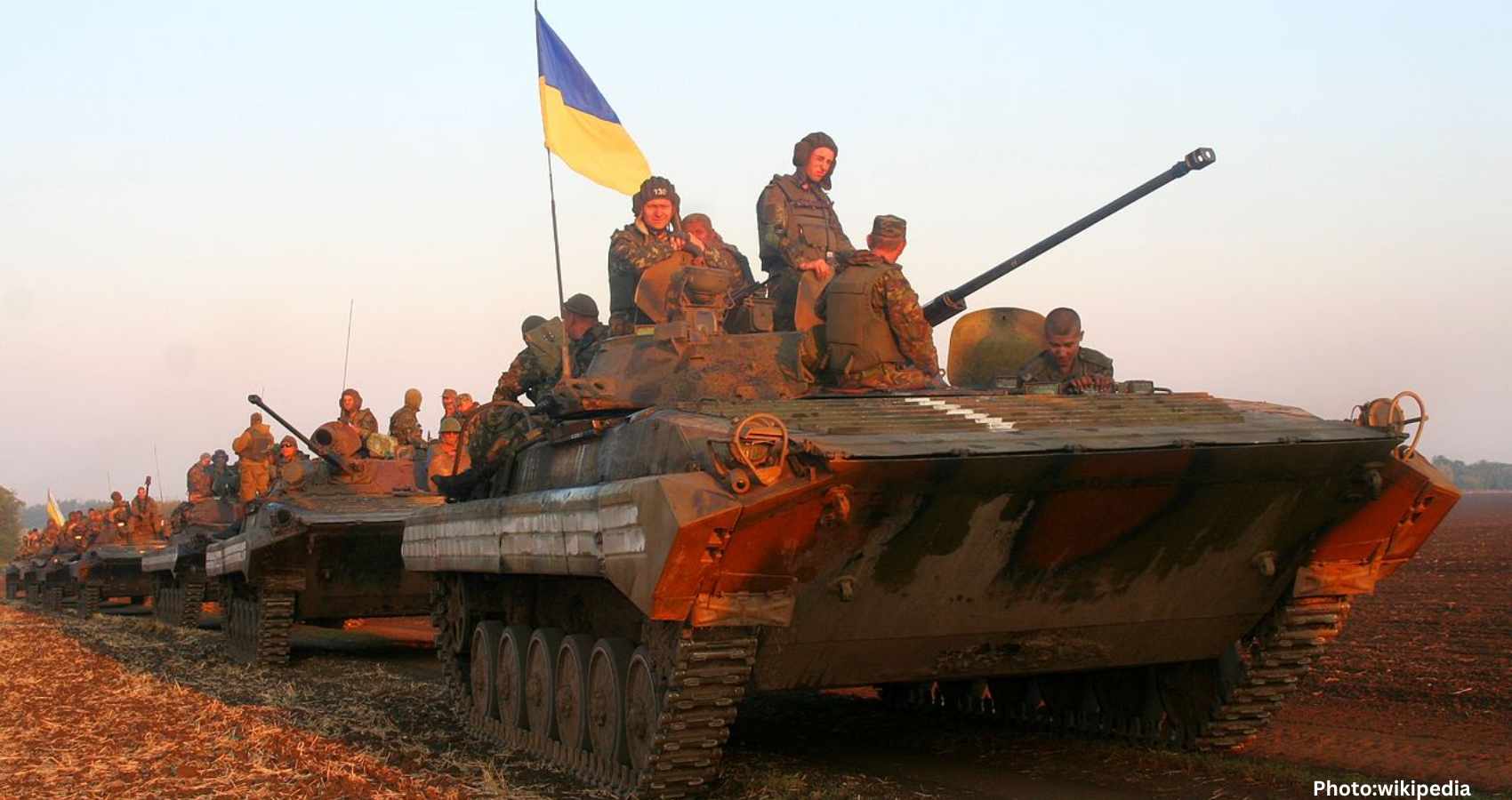
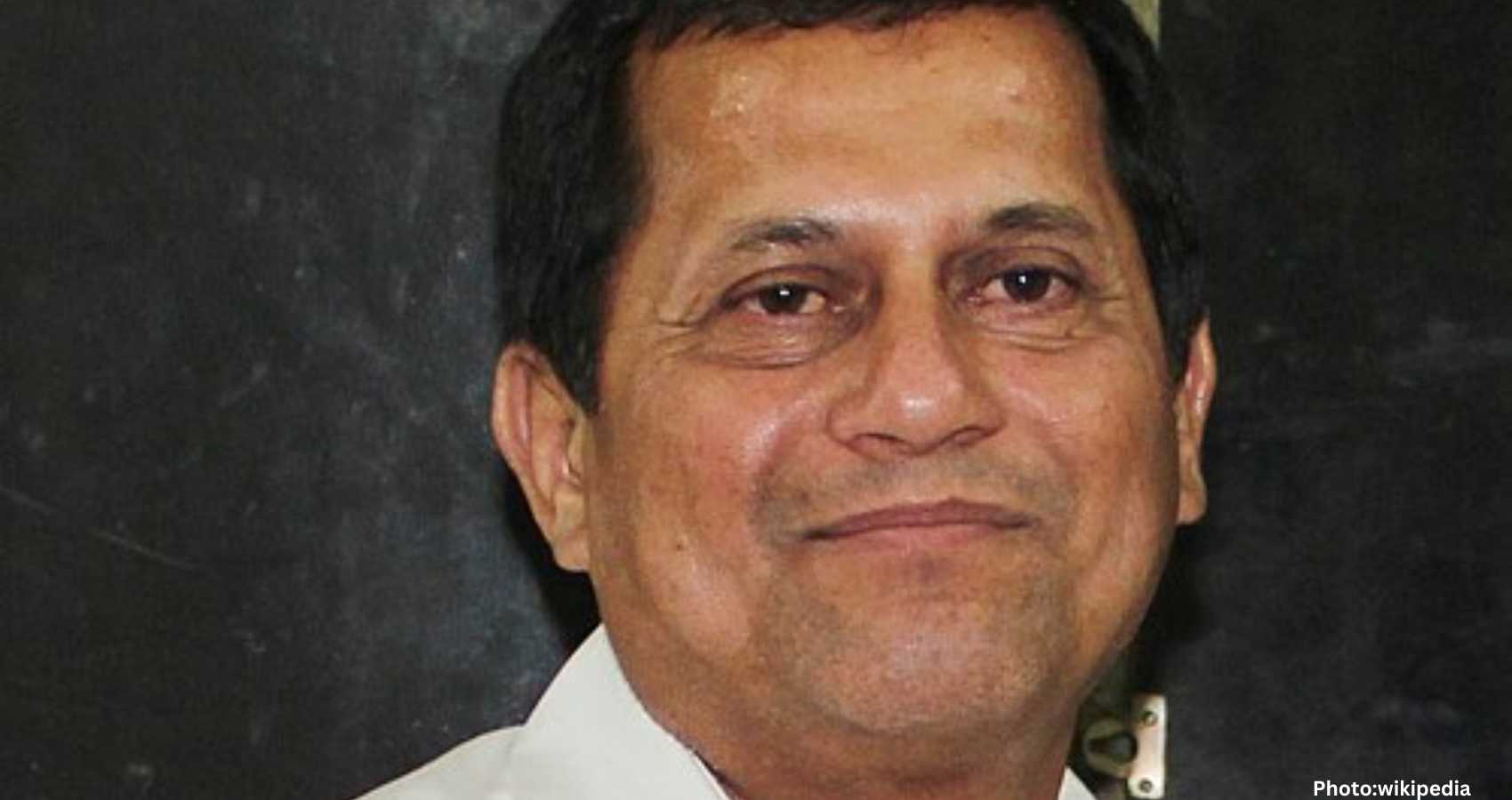
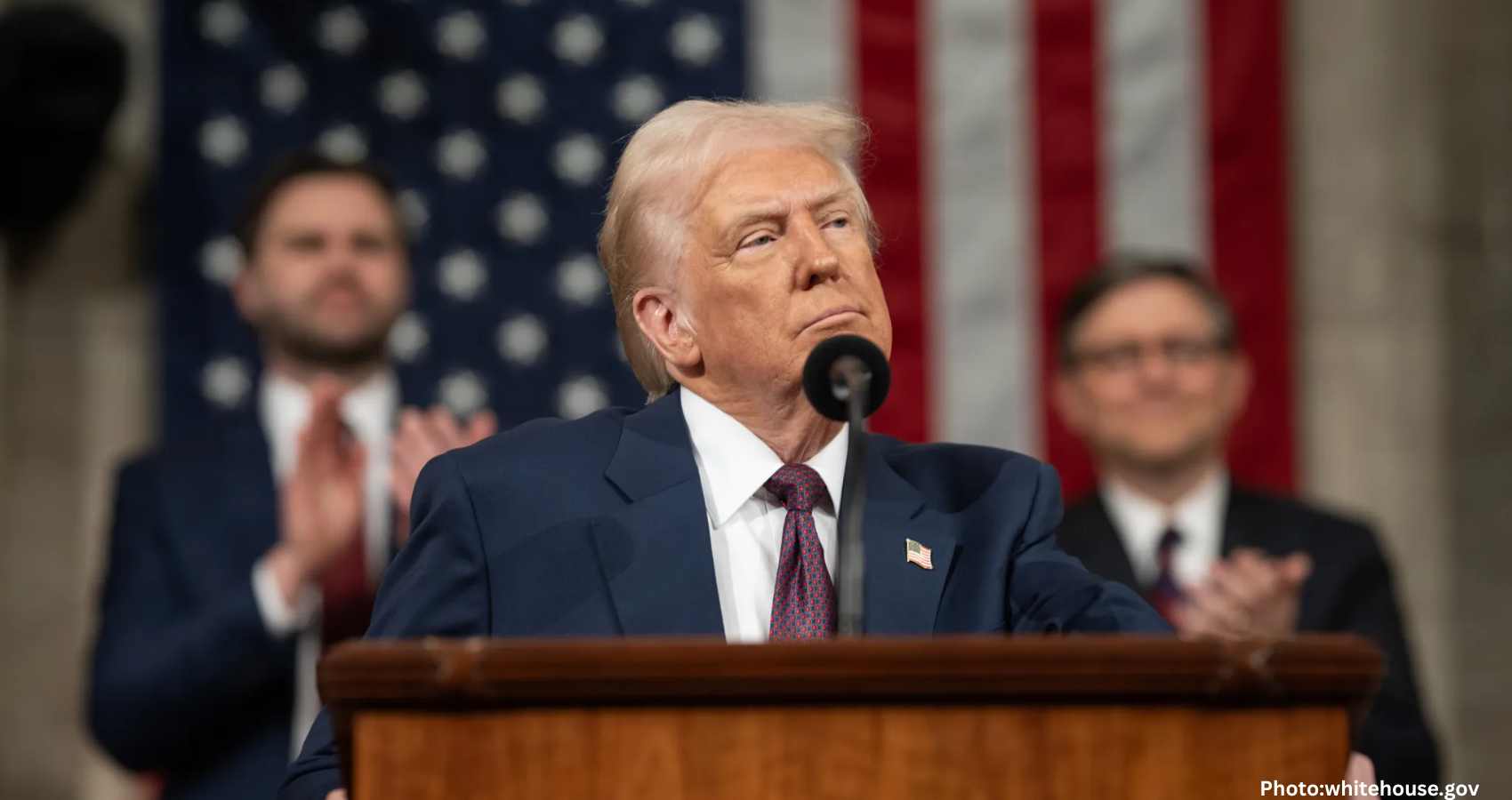

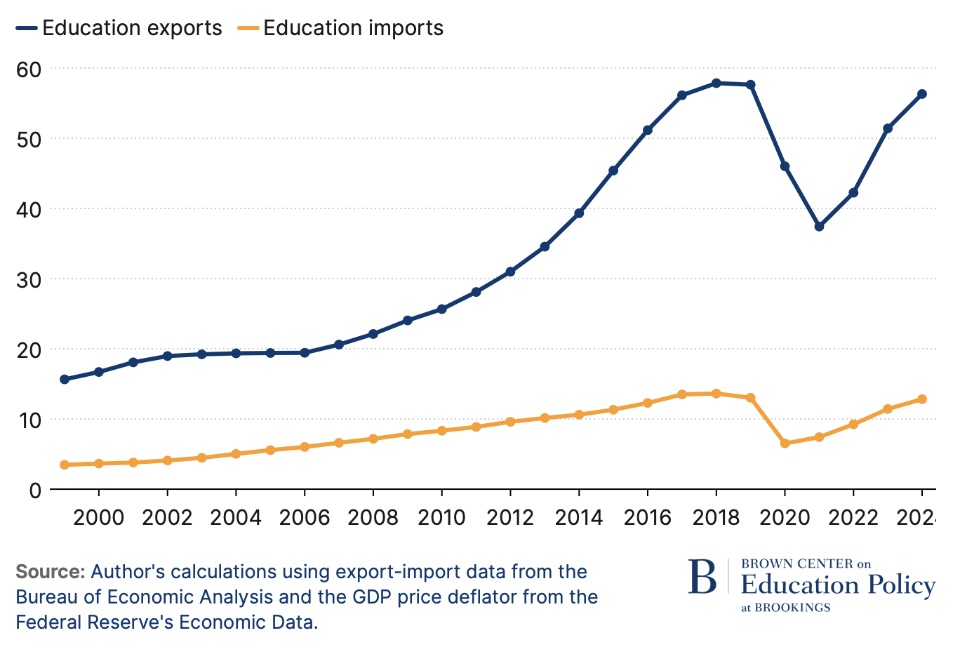
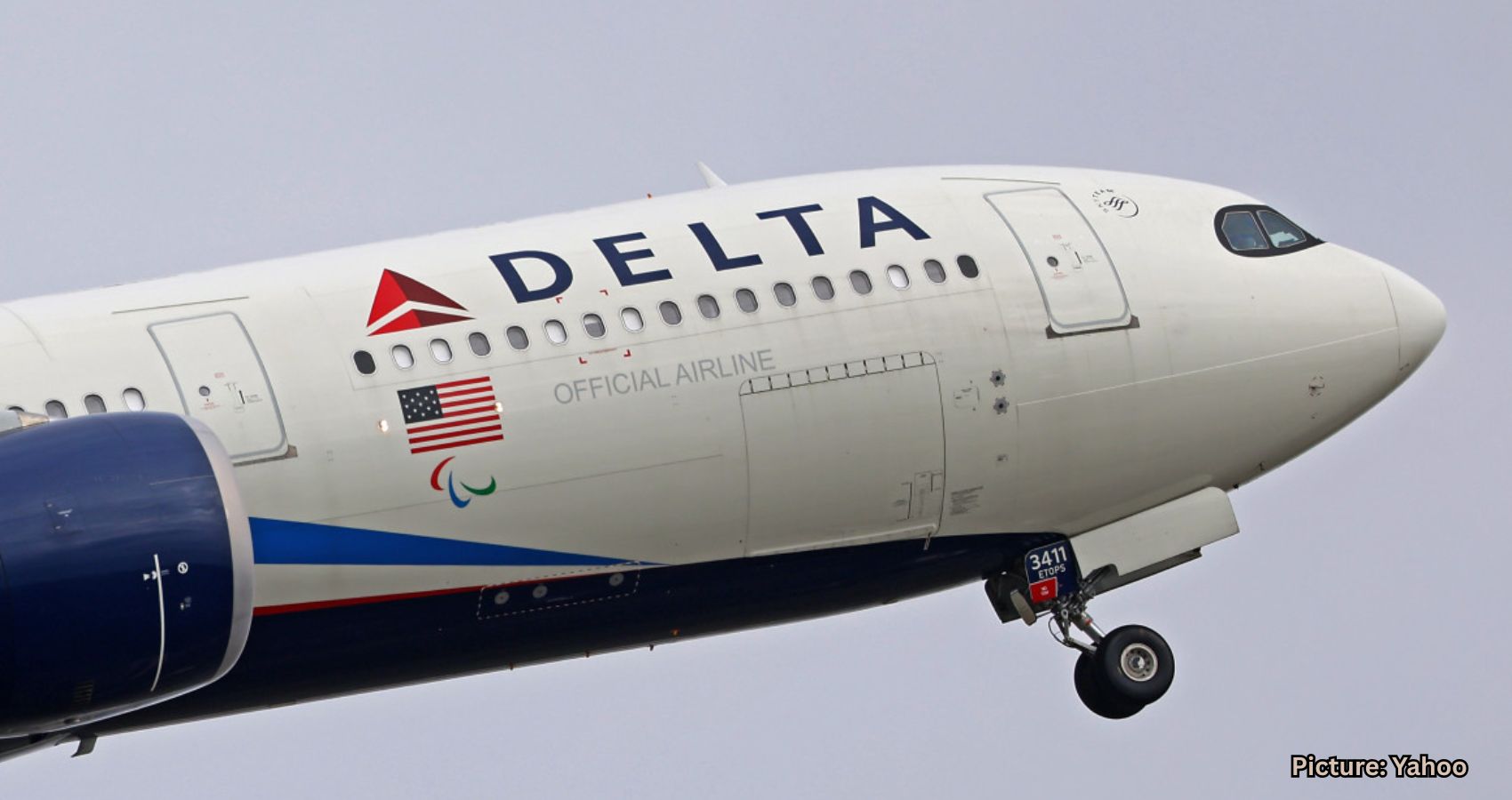


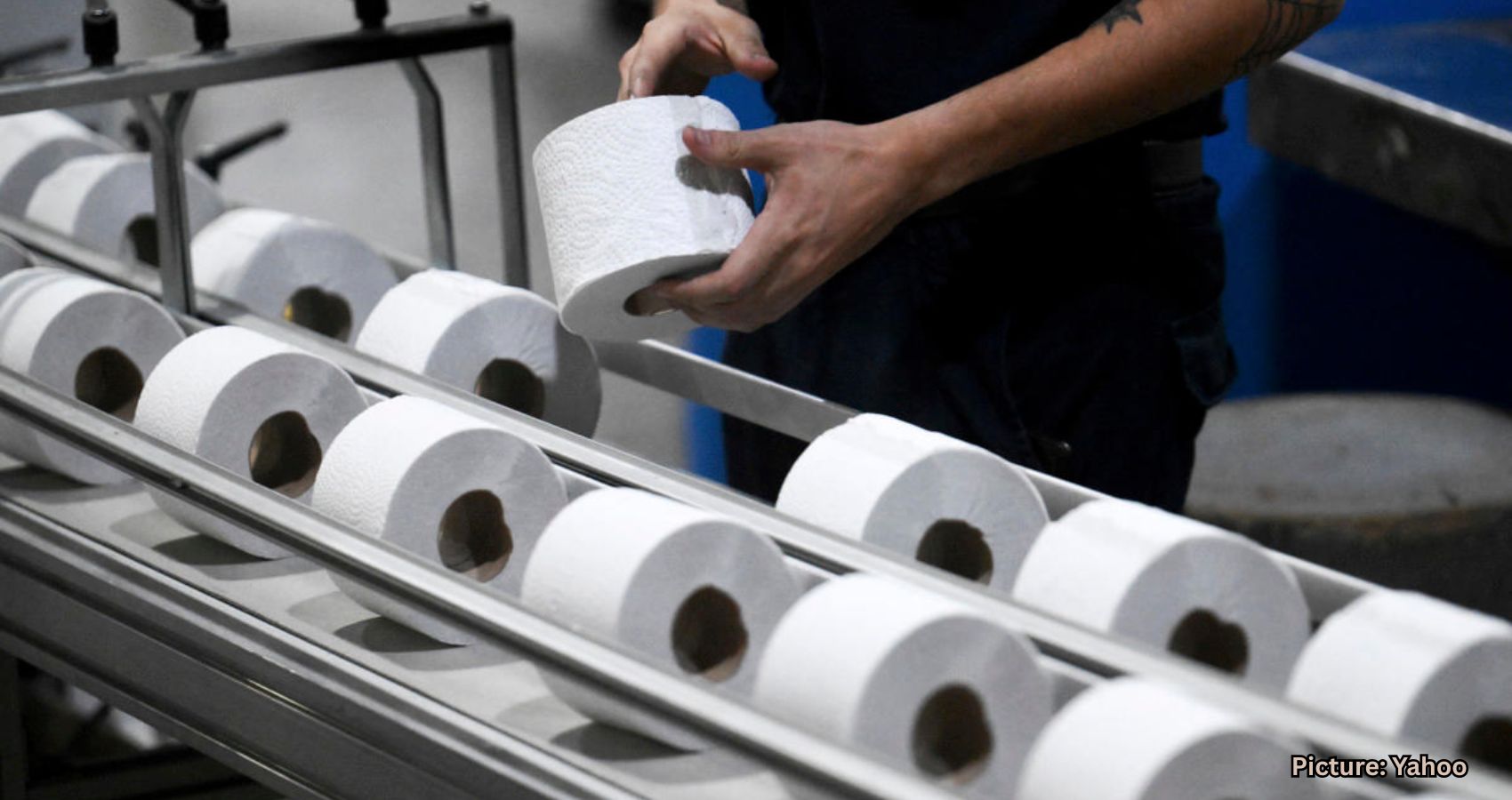
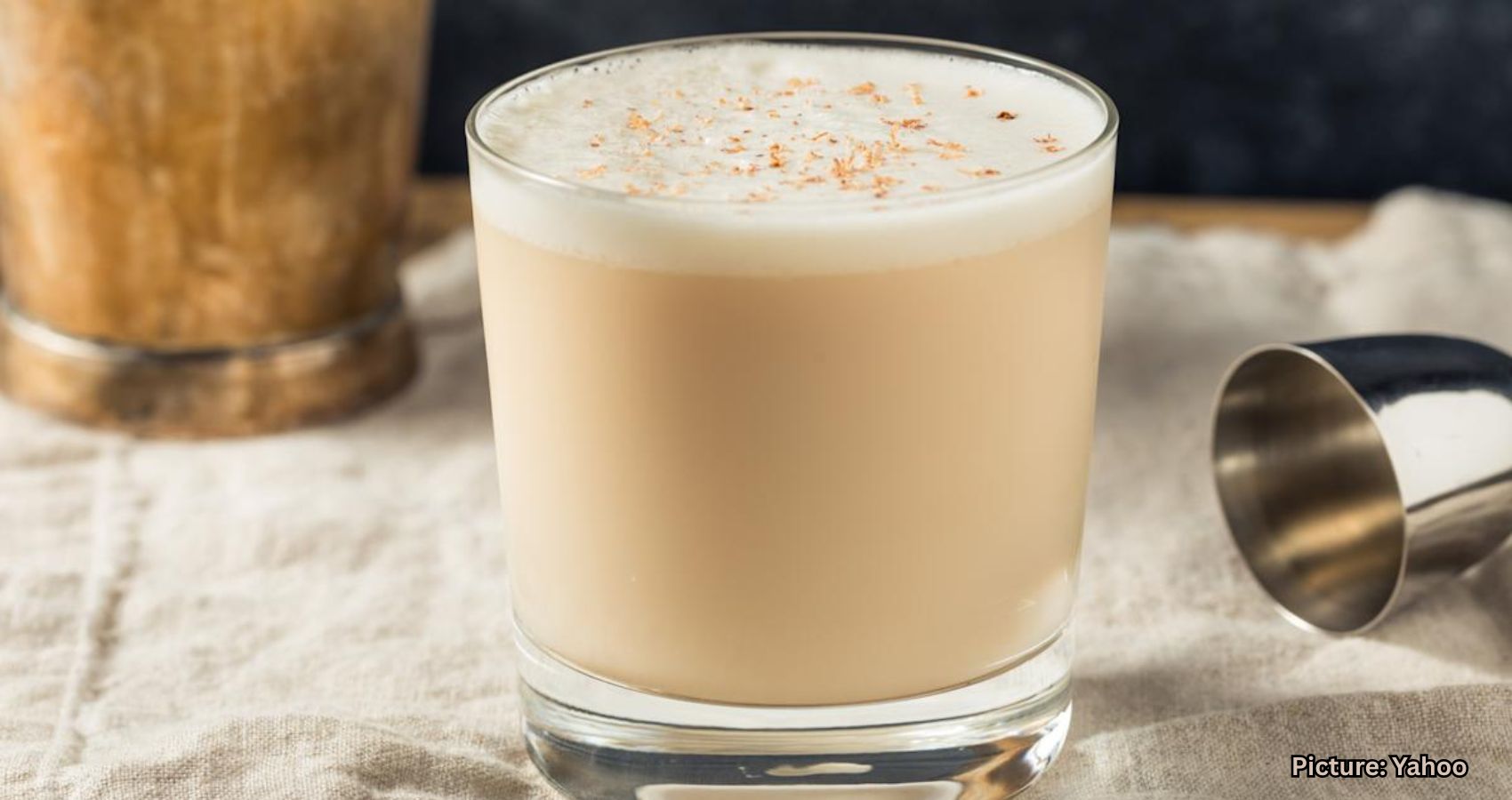
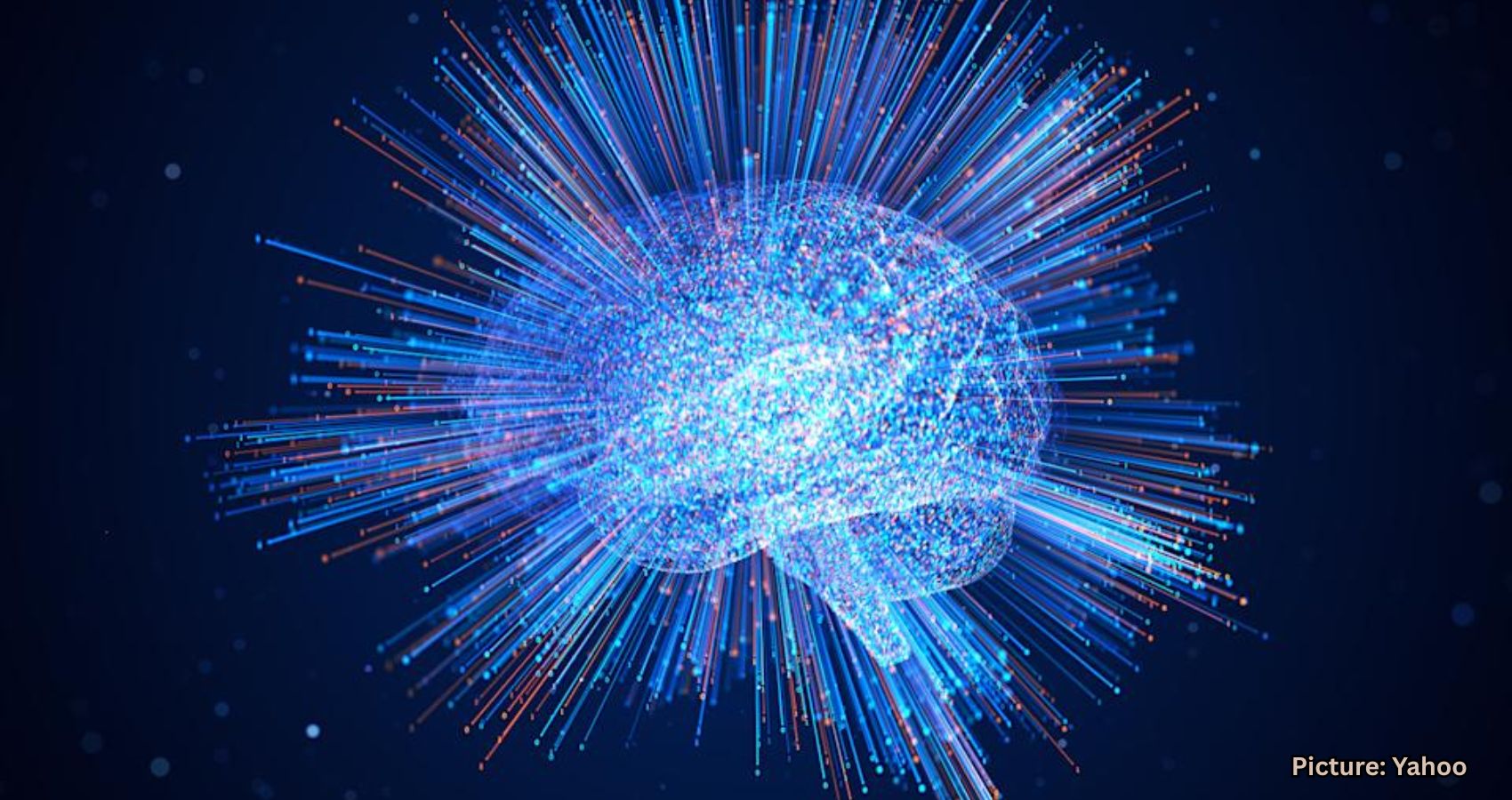
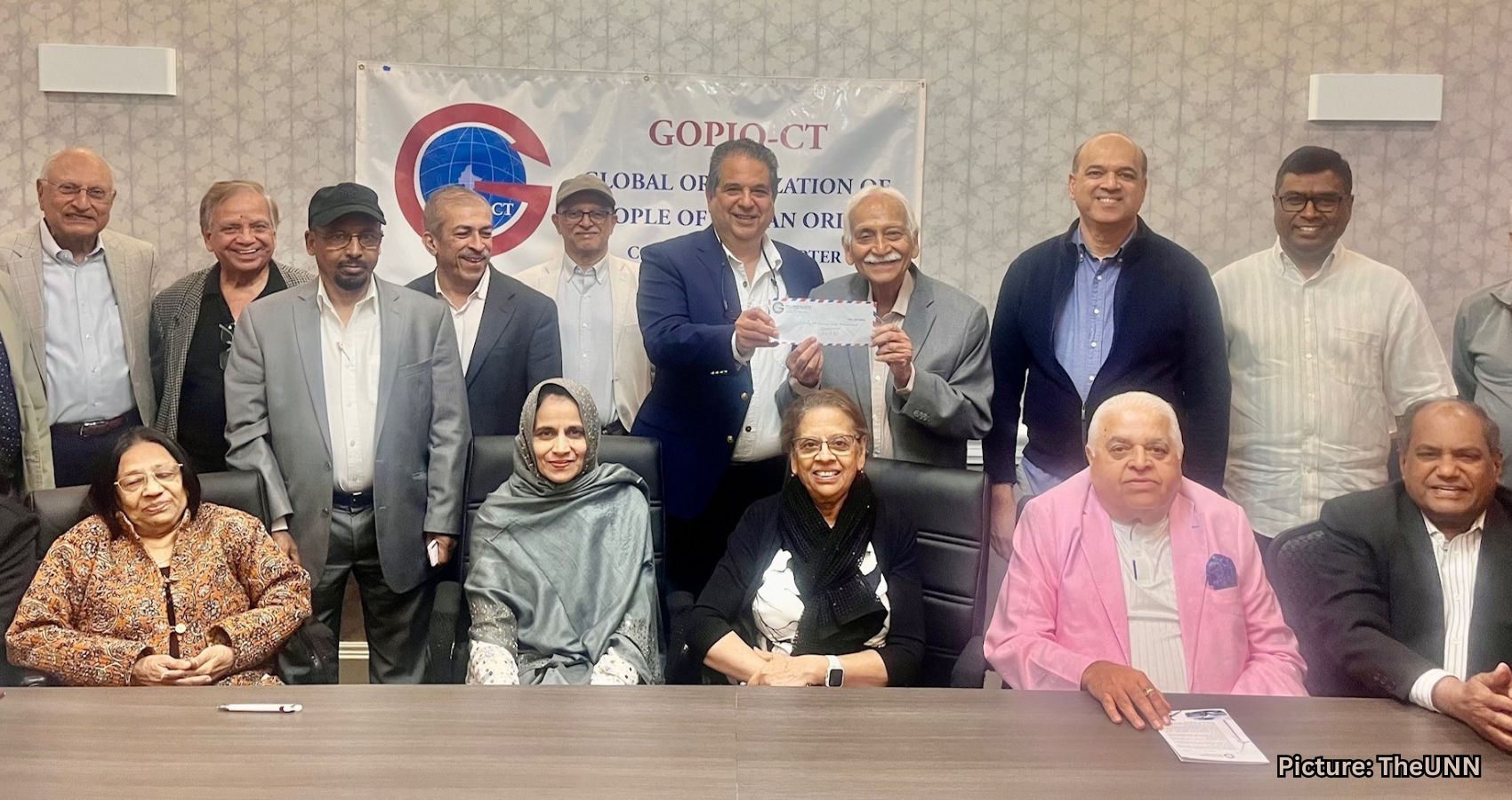
 In tribal regions where access to healthcare is limited, SHED has established Health Centers that provide essential primary medical services. More severe or complex cases are referred to larger hospitals, such as Bhaktivedanta Hospital located in Meera Road. These centers serve as a crucial health lifeline in areas that often lack even basic medical facilities.
In tribal regions where access to healthcare is limited, SHED has established Health Centers that provide essential primary medical services. More severe or complex cases are referred to larger hospitals, such as Bhaktivedanta Hospital located in Meera Road. These centers serve as a crucial health lifeline in areas that often lack even basic medical facilities.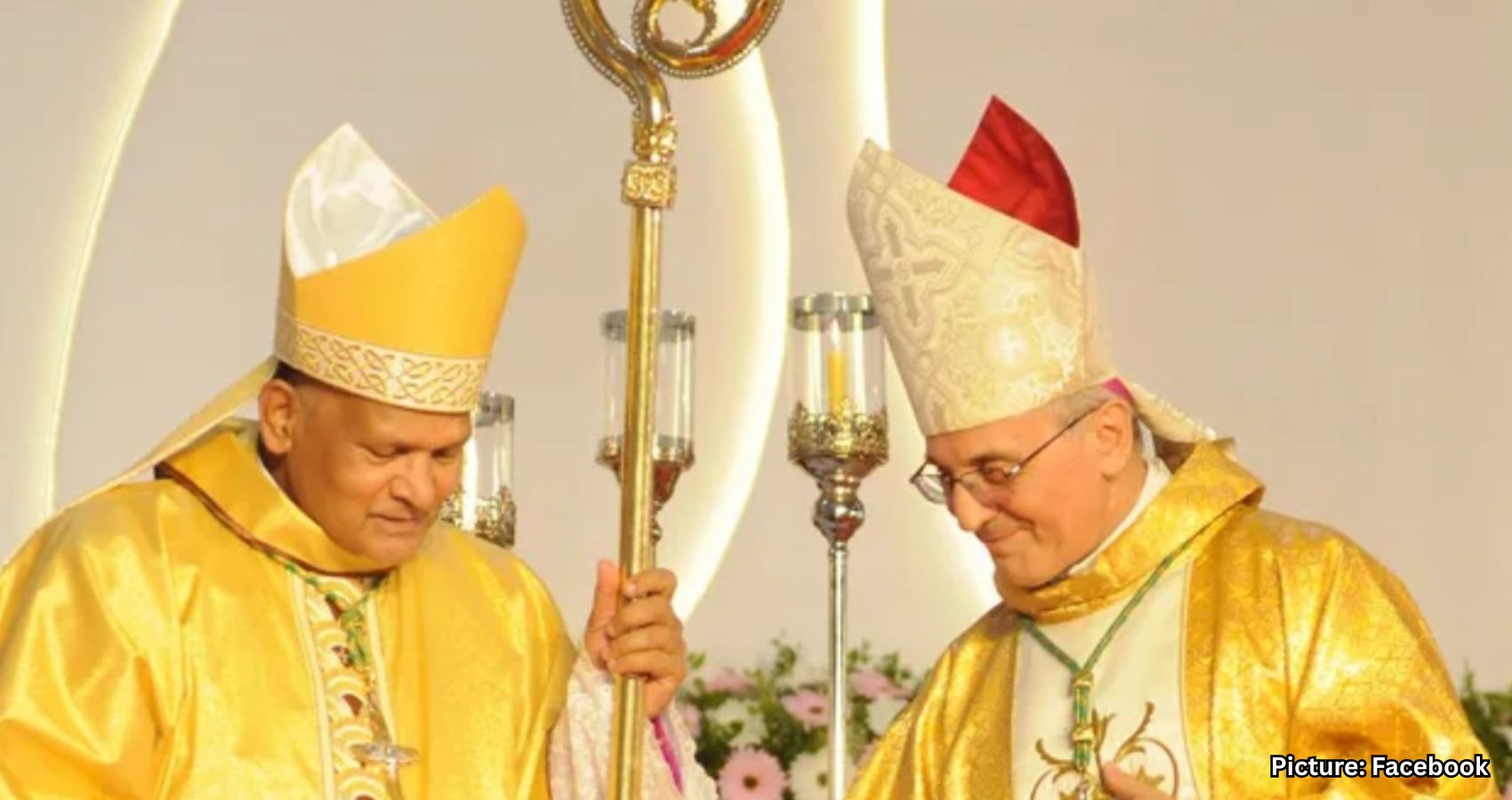
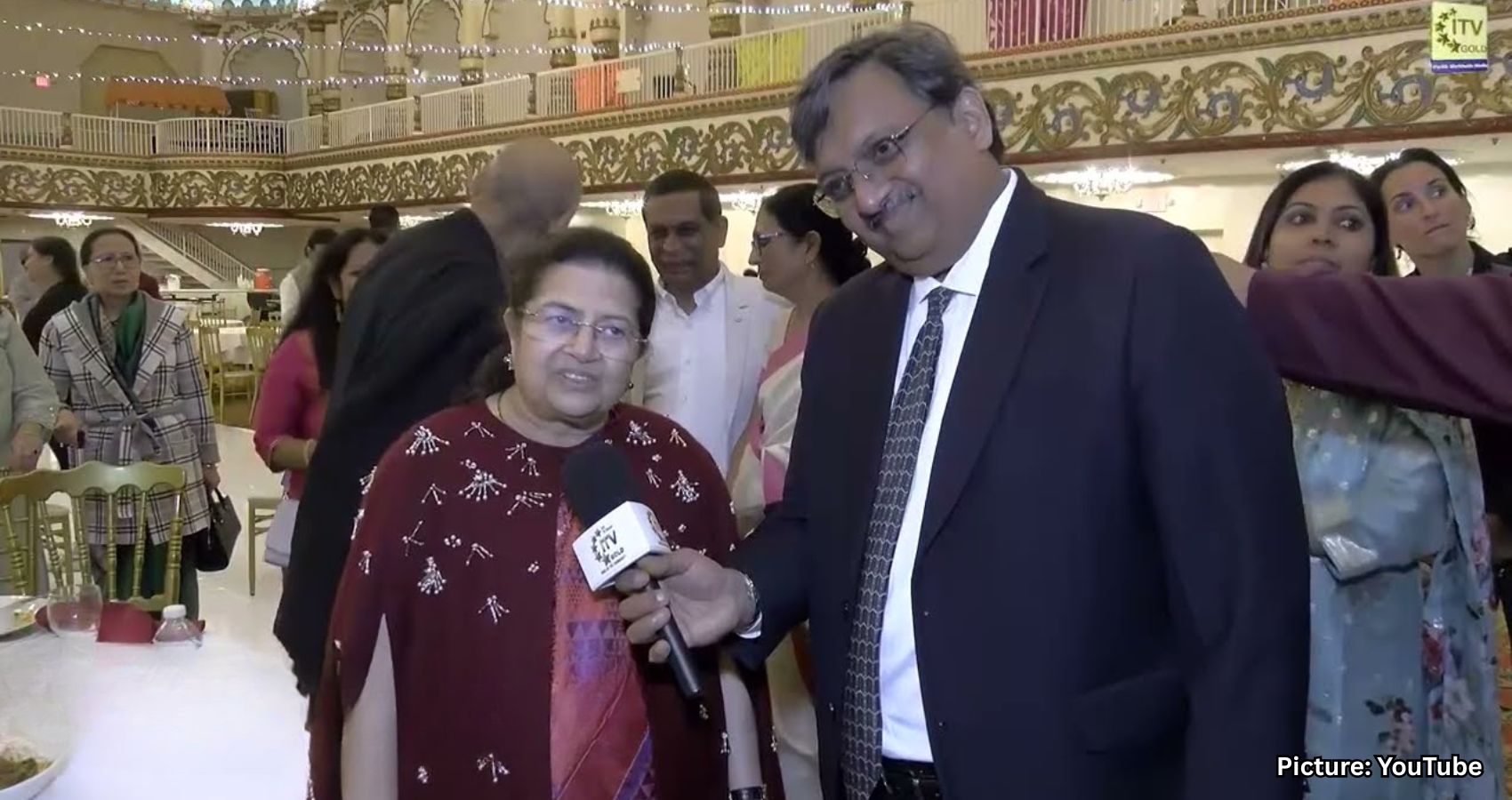
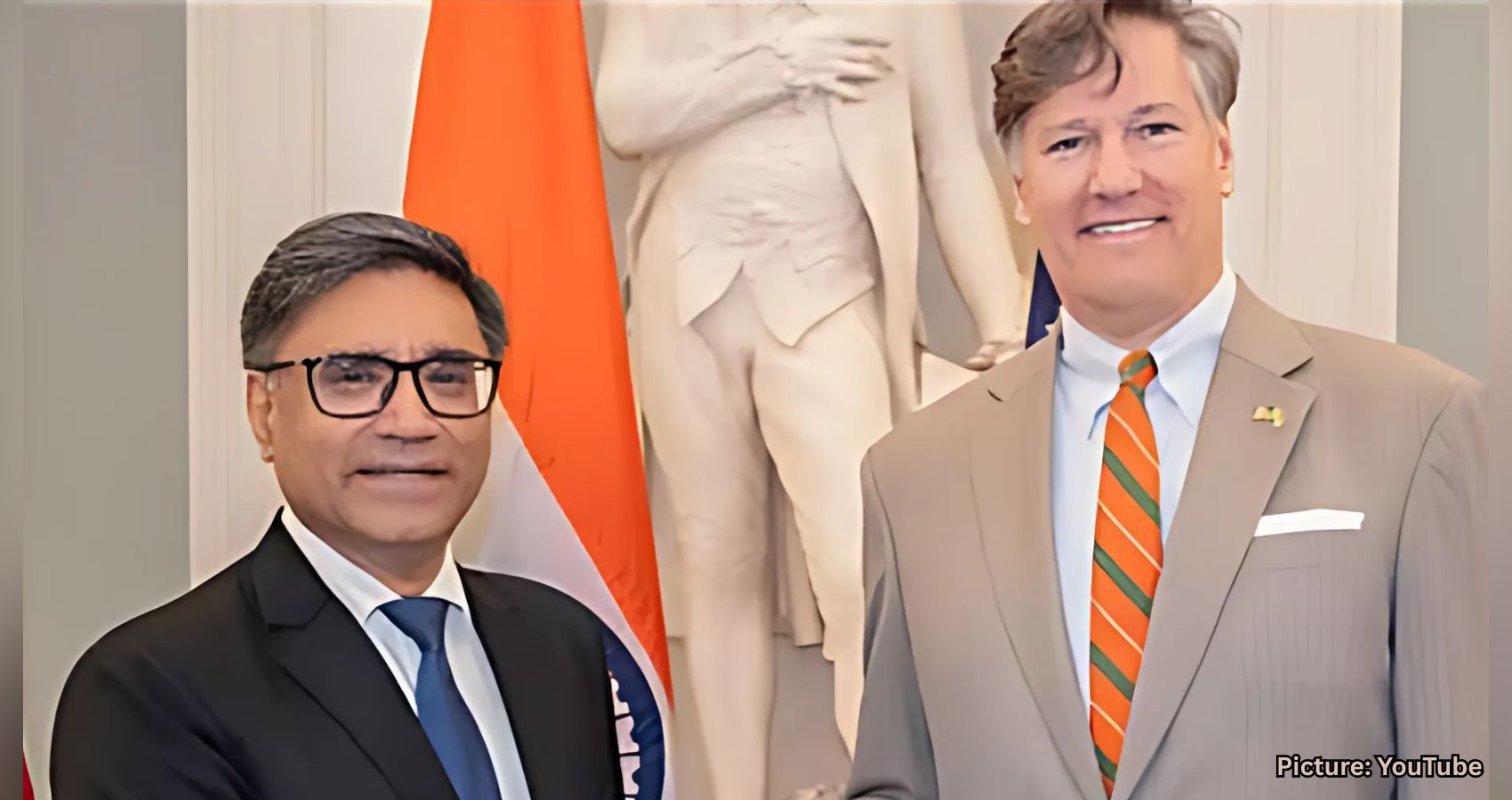





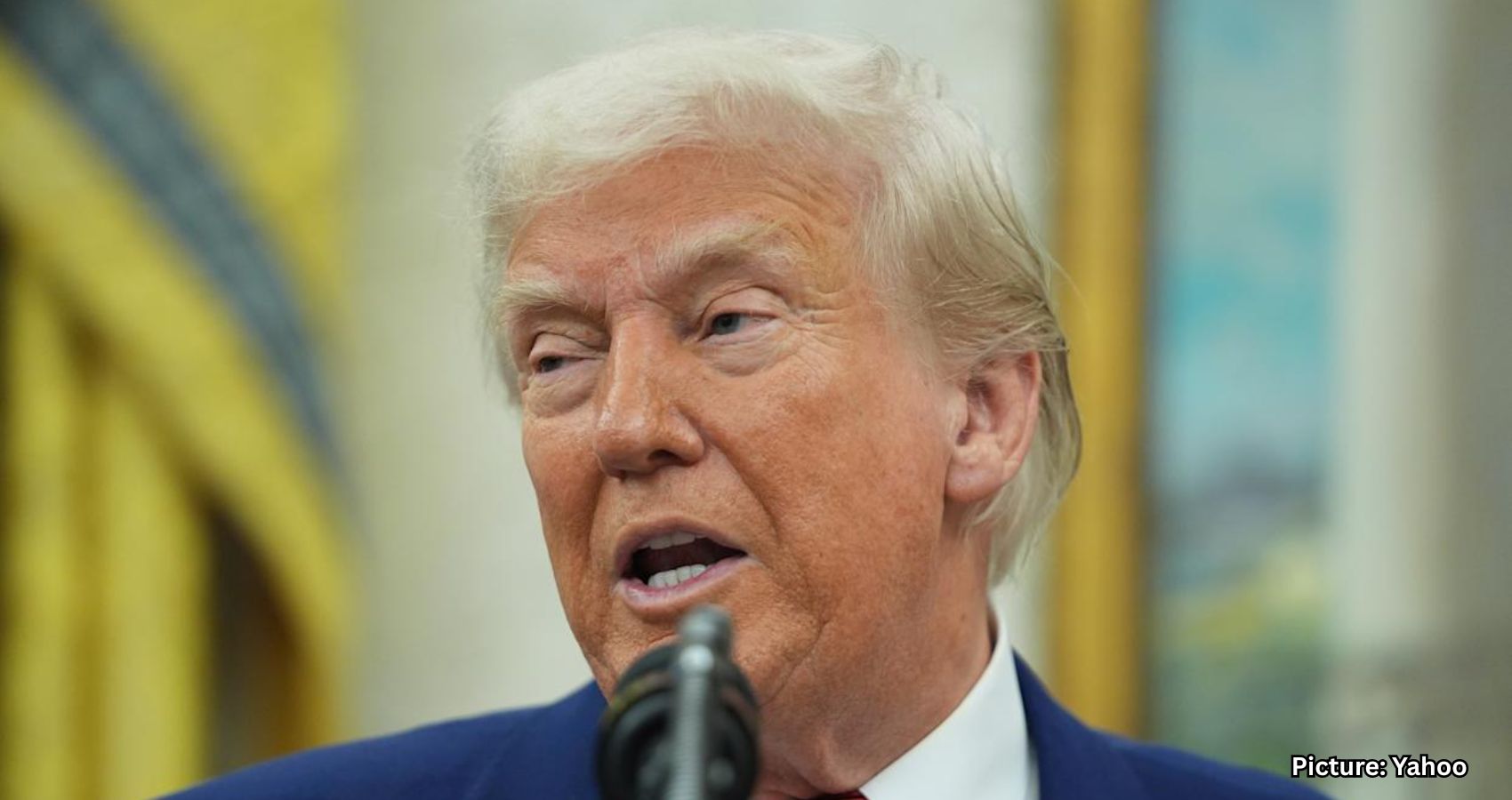
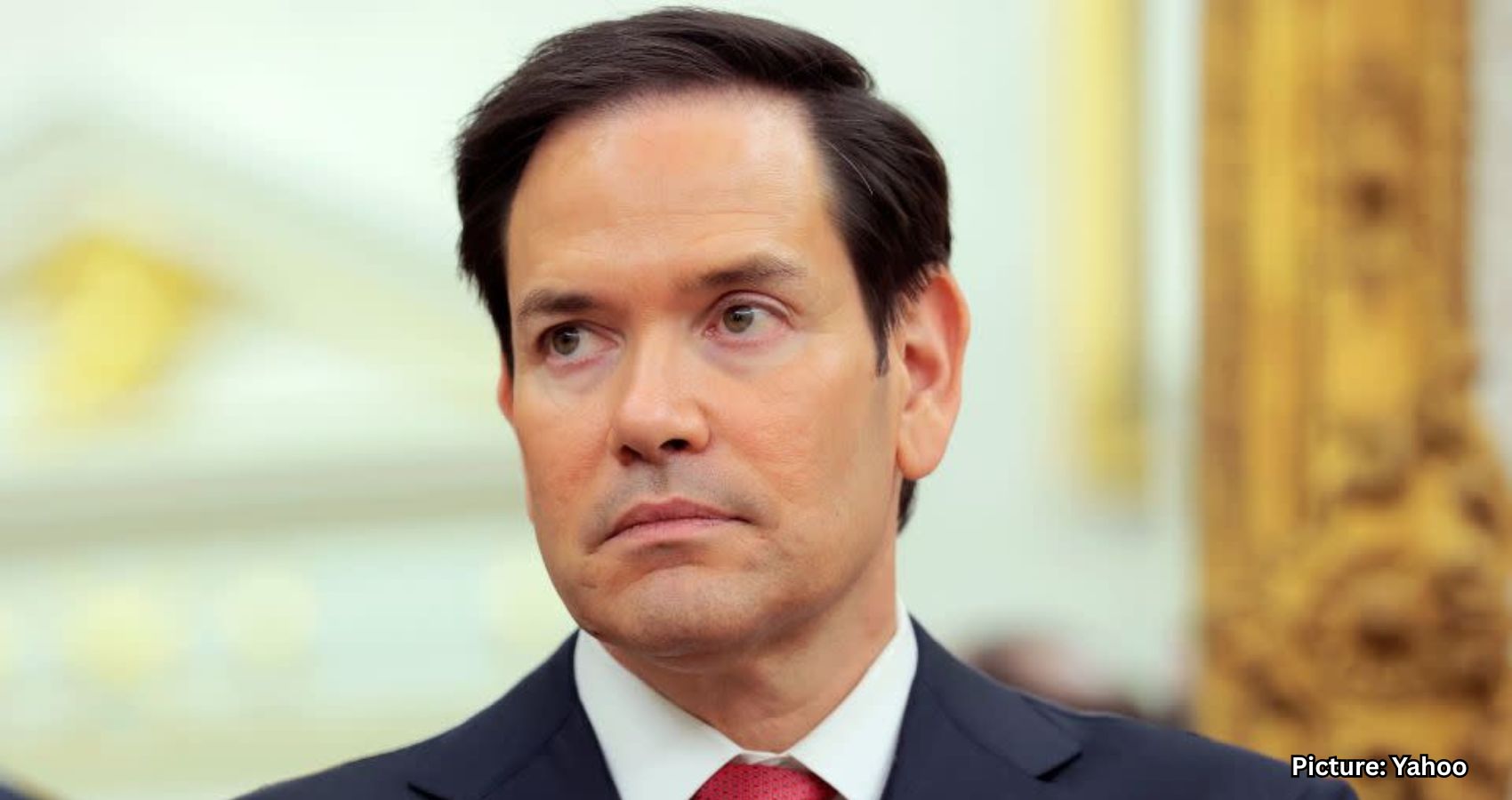
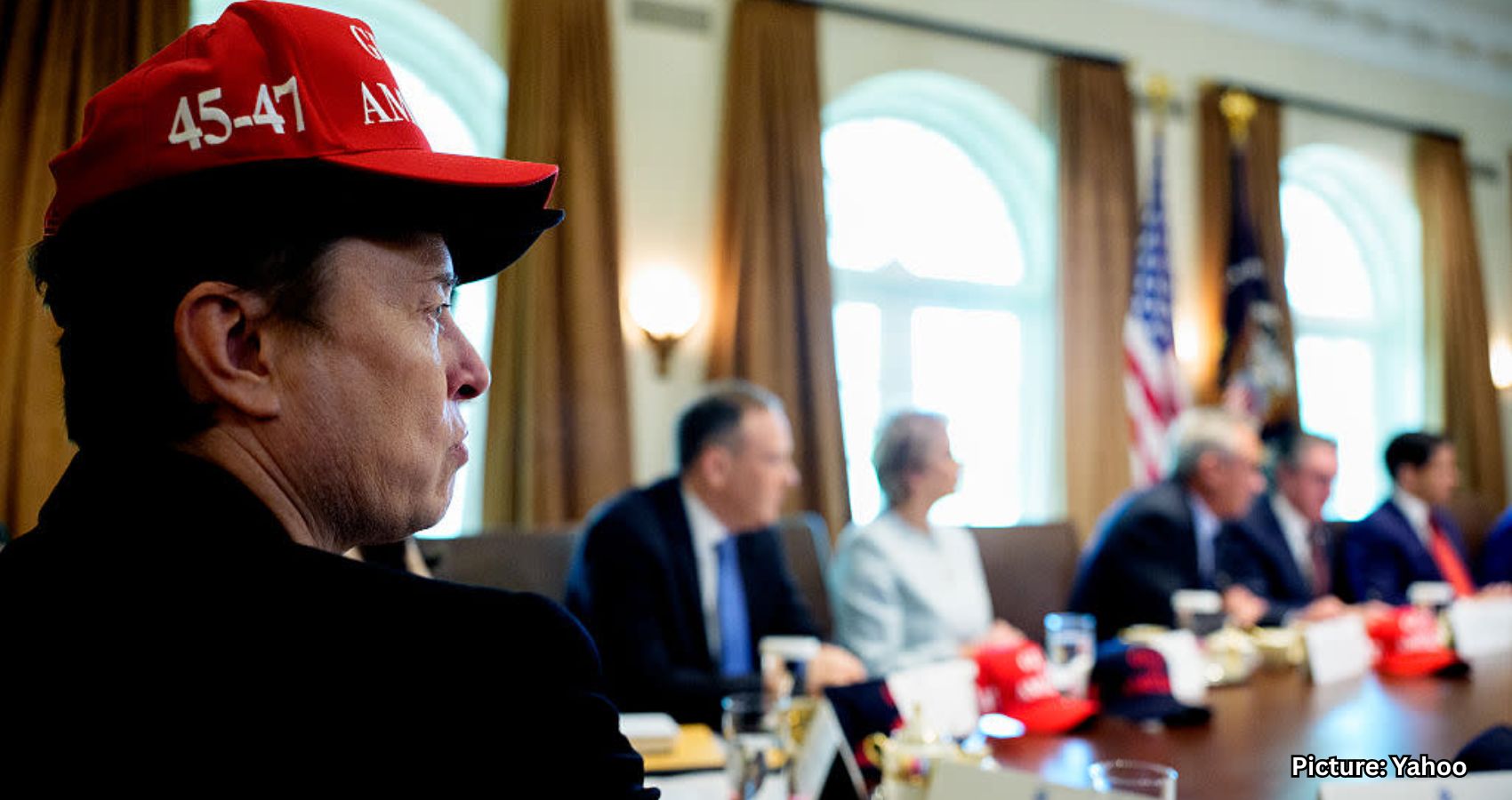
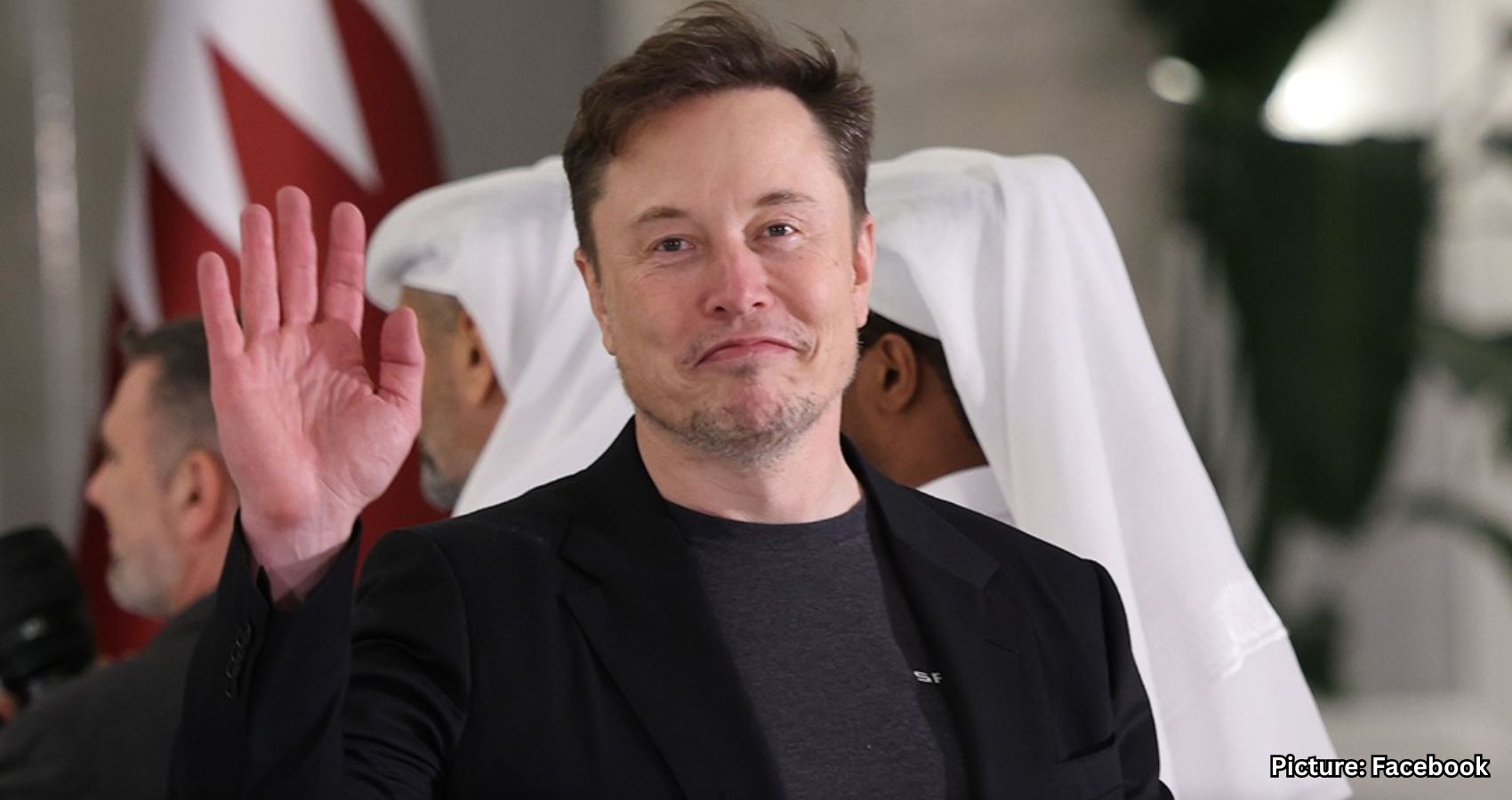

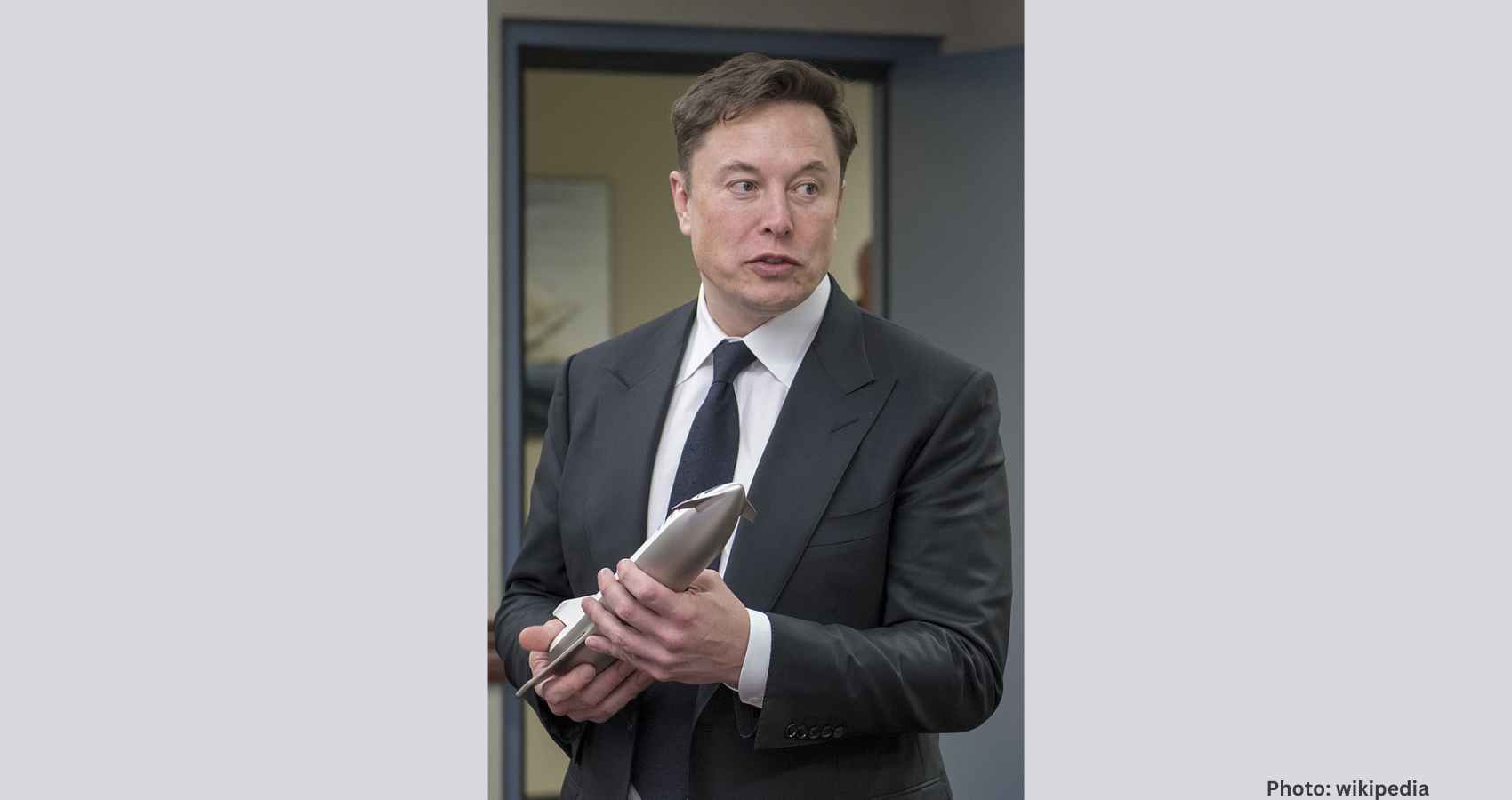
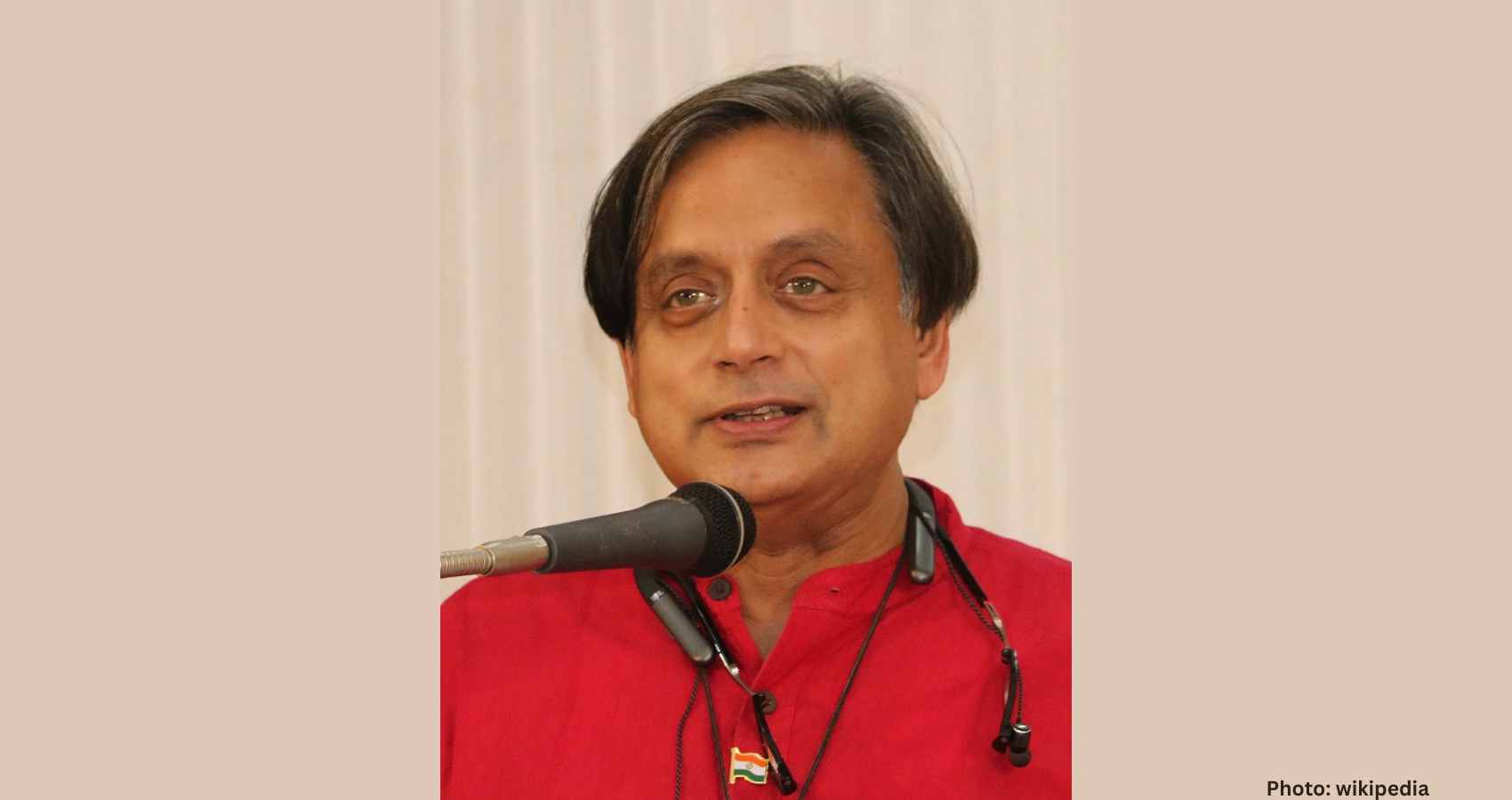

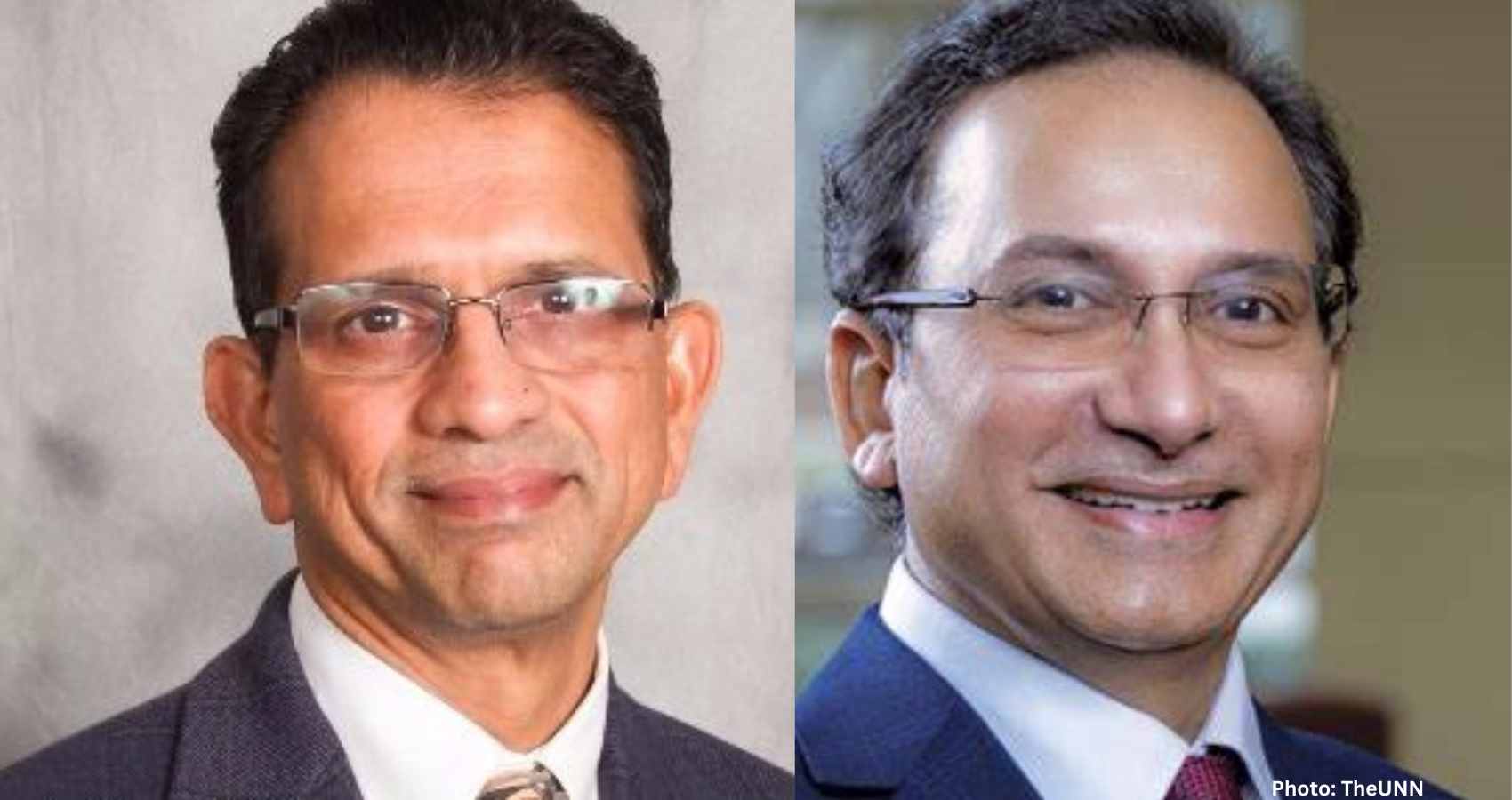


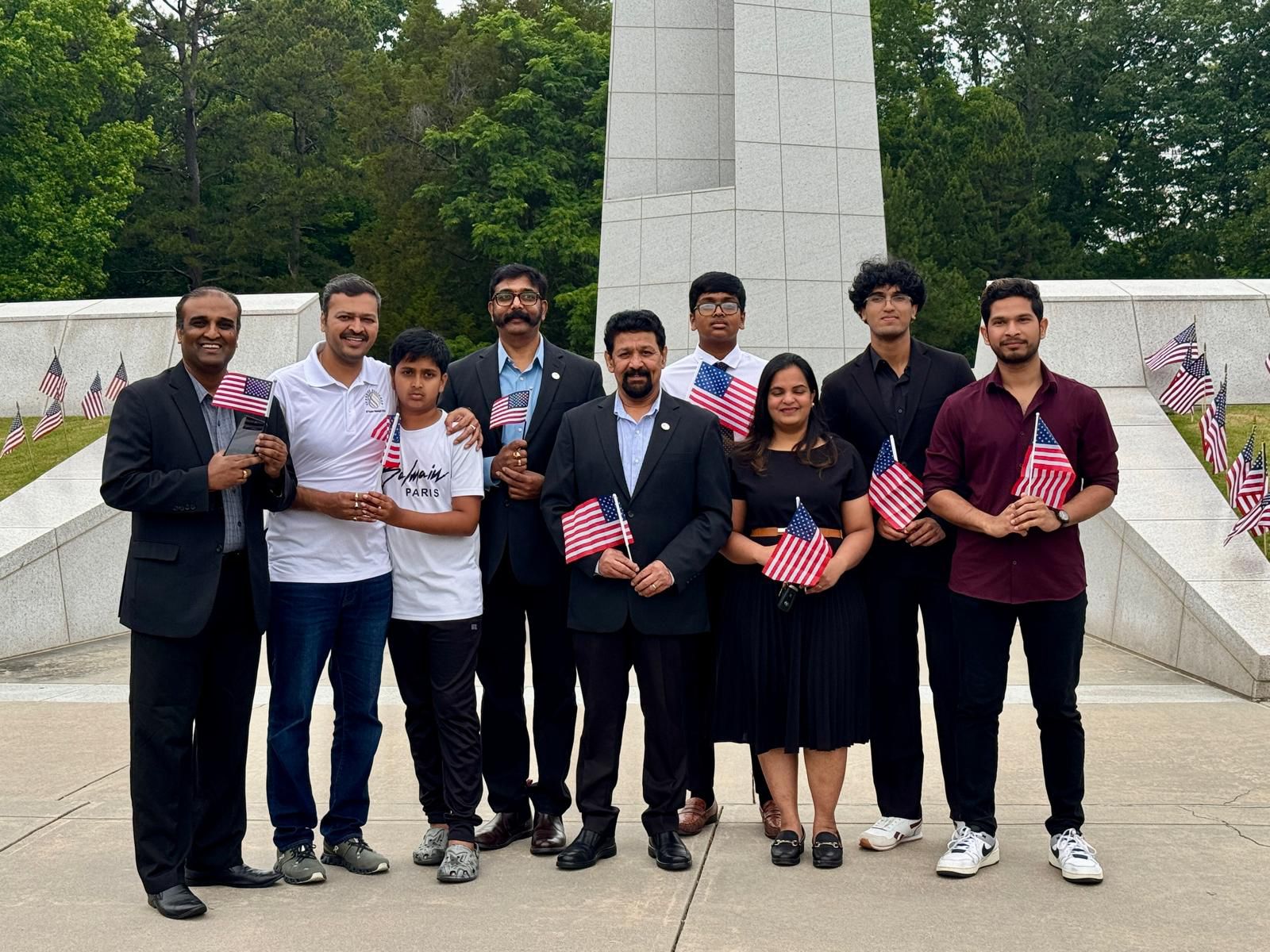 “ITServe and its member community is committed to corporate social responsibility (CSR) and actively contributing to local communities nationwide,” said Anju Vallabhaneni. “We recognize the sacrifices of our veterans and first responders, who selflessly serve our nation. Supporting them and their families is of utmost importance to us, as we express our gratitude for their unwavering dedication and bravery.”
“ITServe and its member community is committed to corporate social responsibility (CSR) and actively contributing to local communities nationwide,” said Anju Vallabhaneni. “We recognize the sacrifices of our veterans and first responders, who selflessly serve our nation. Supporting them and their families is of utmost importance to us, as we express our gratitude for their unwavering dedication and bravery.”
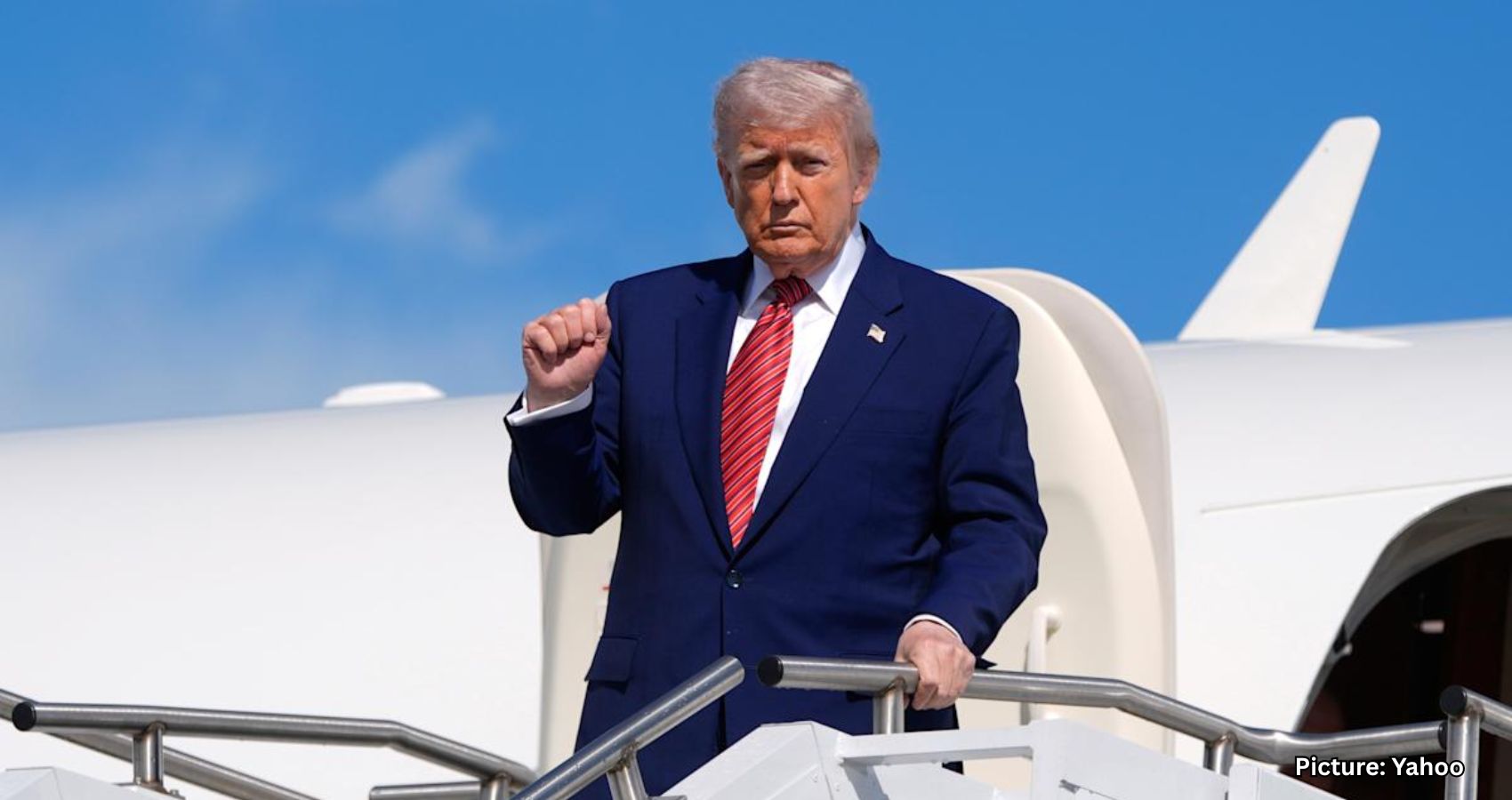

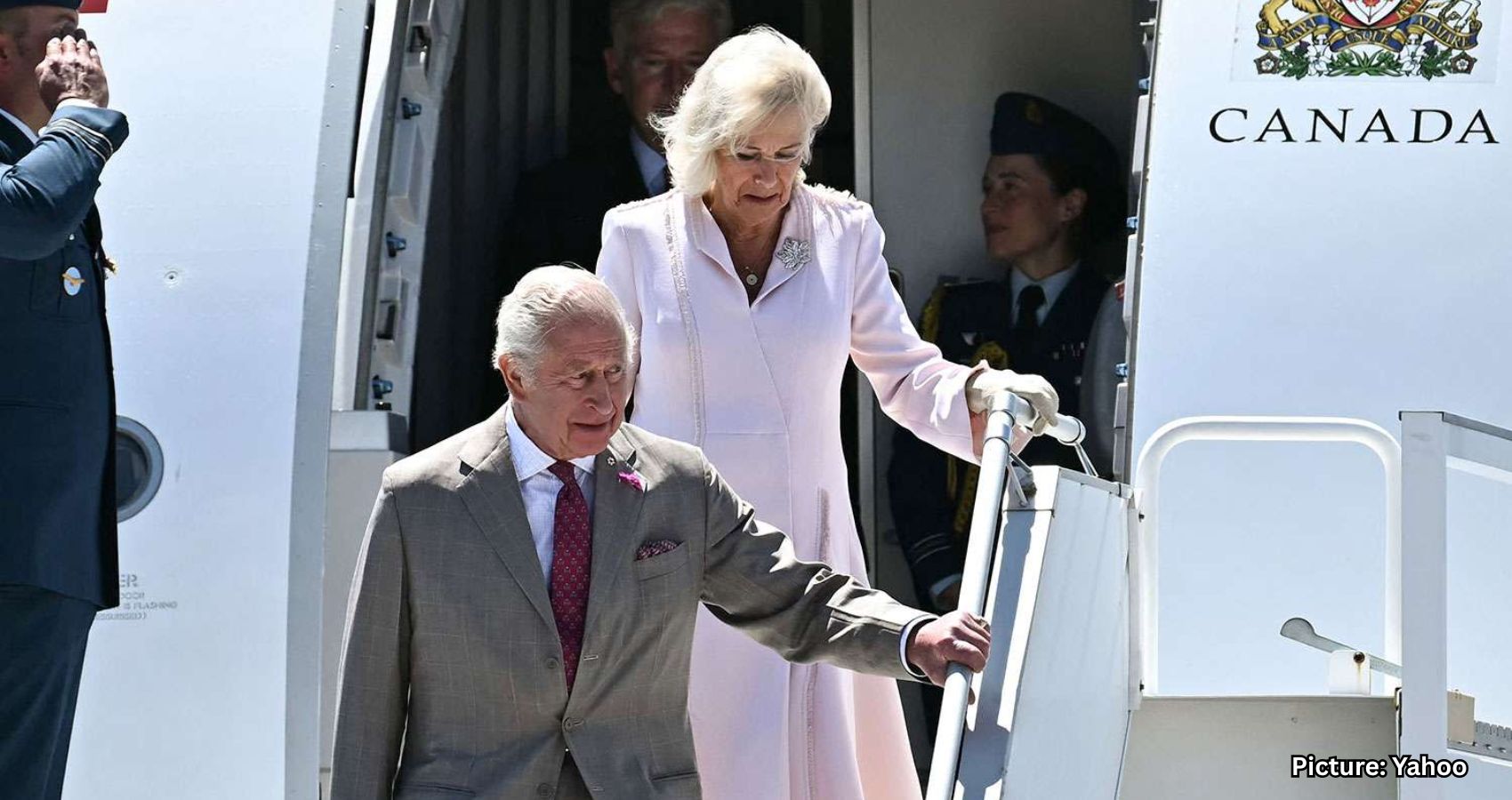
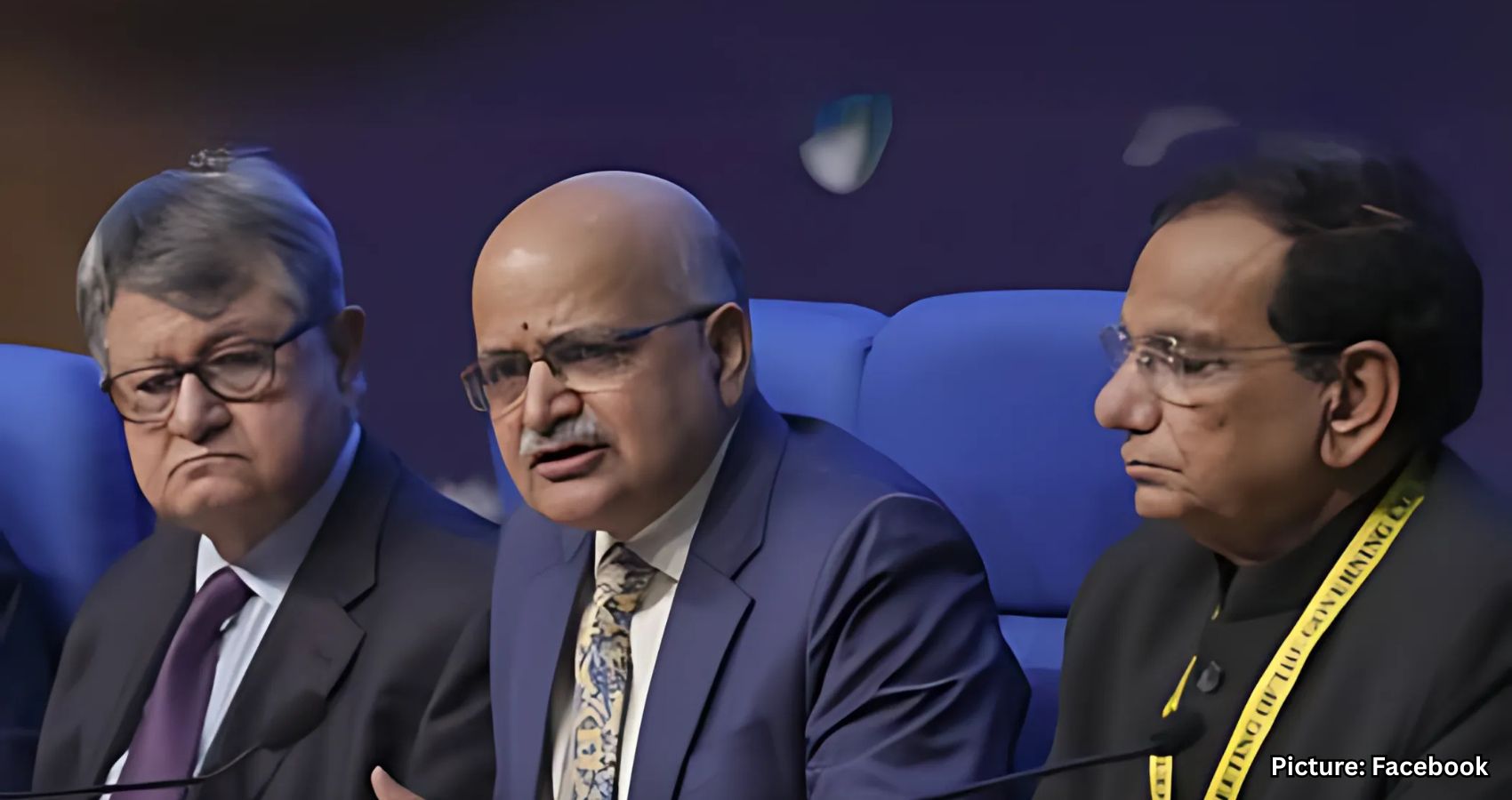
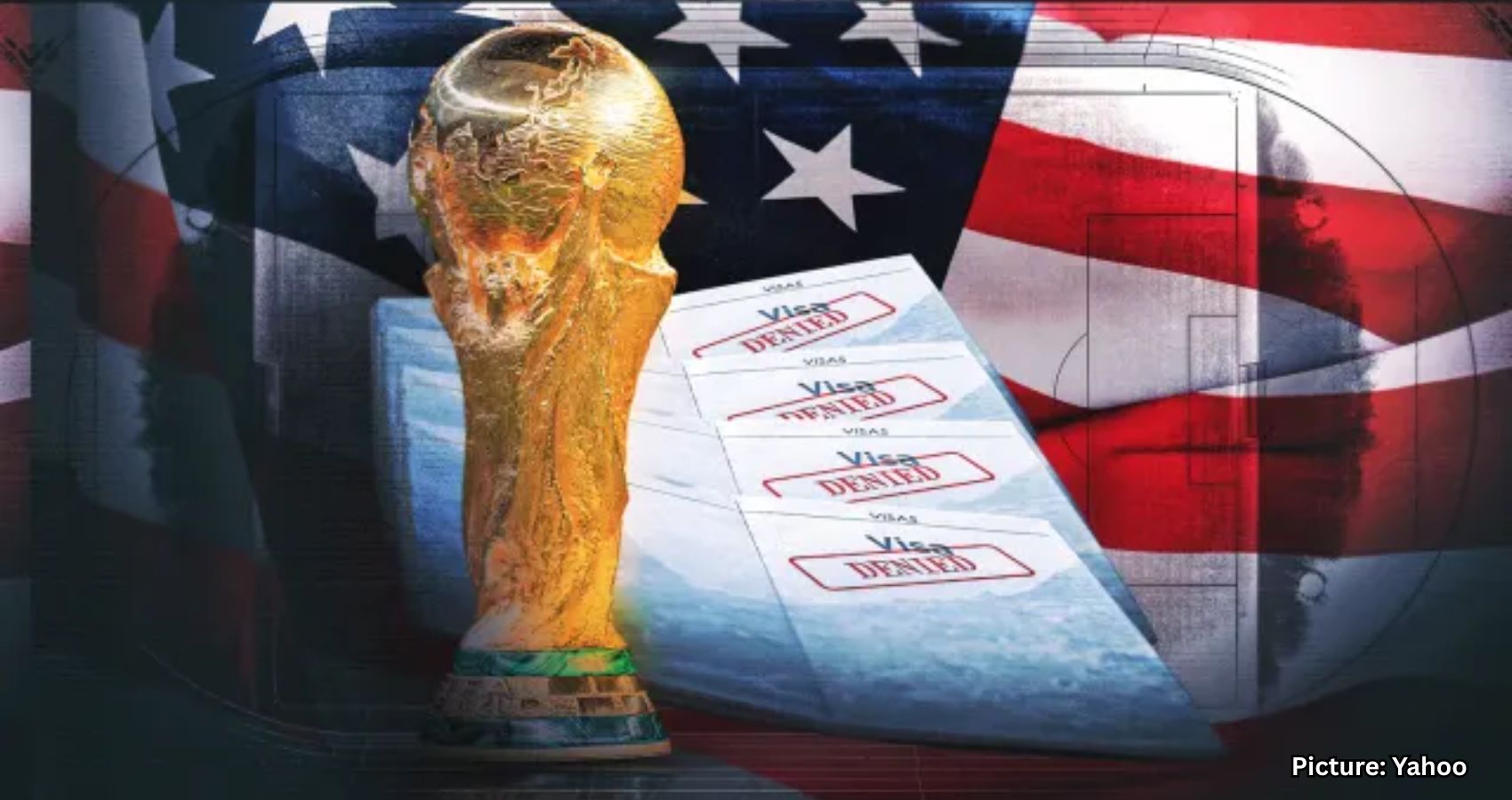



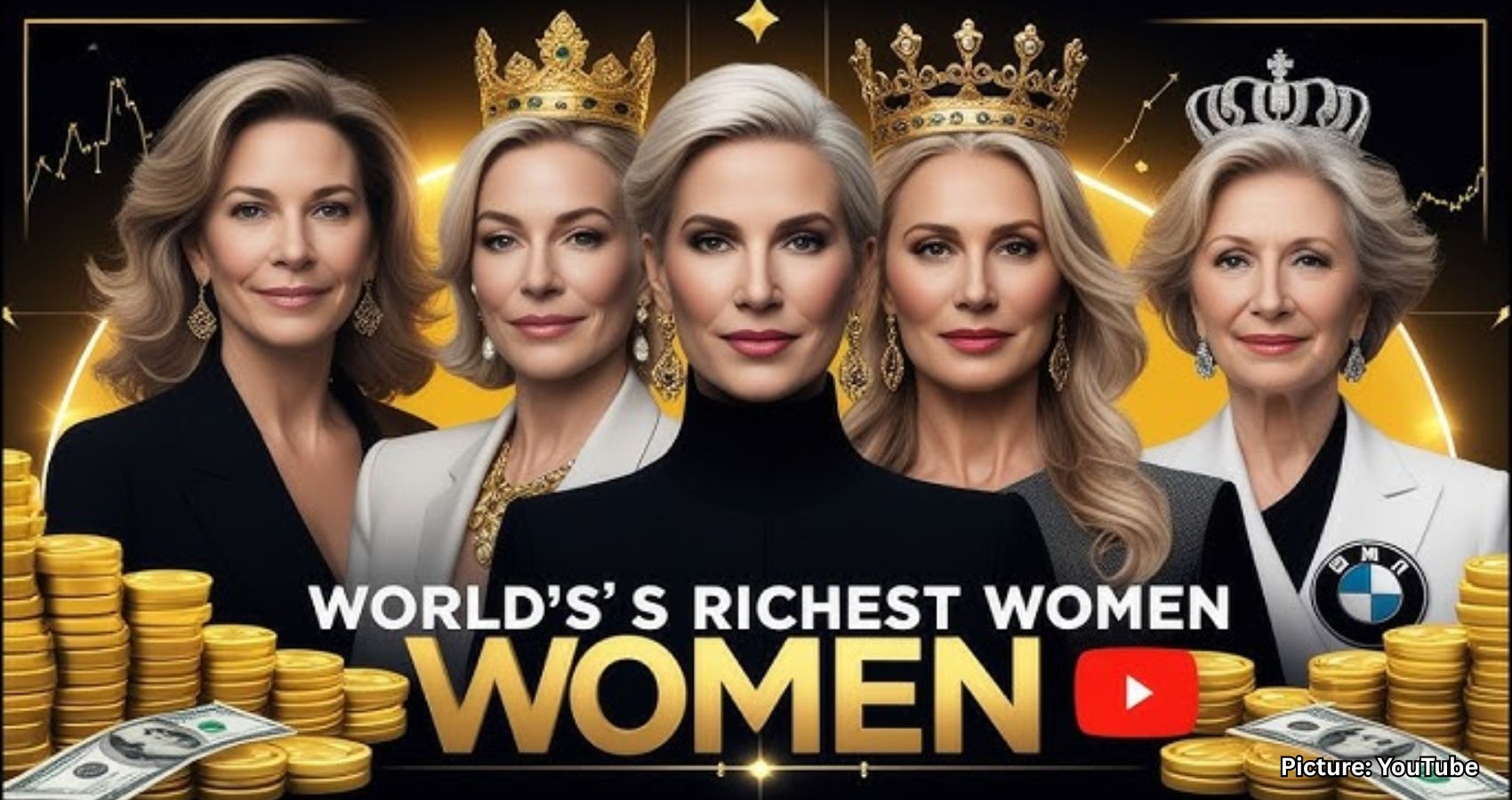

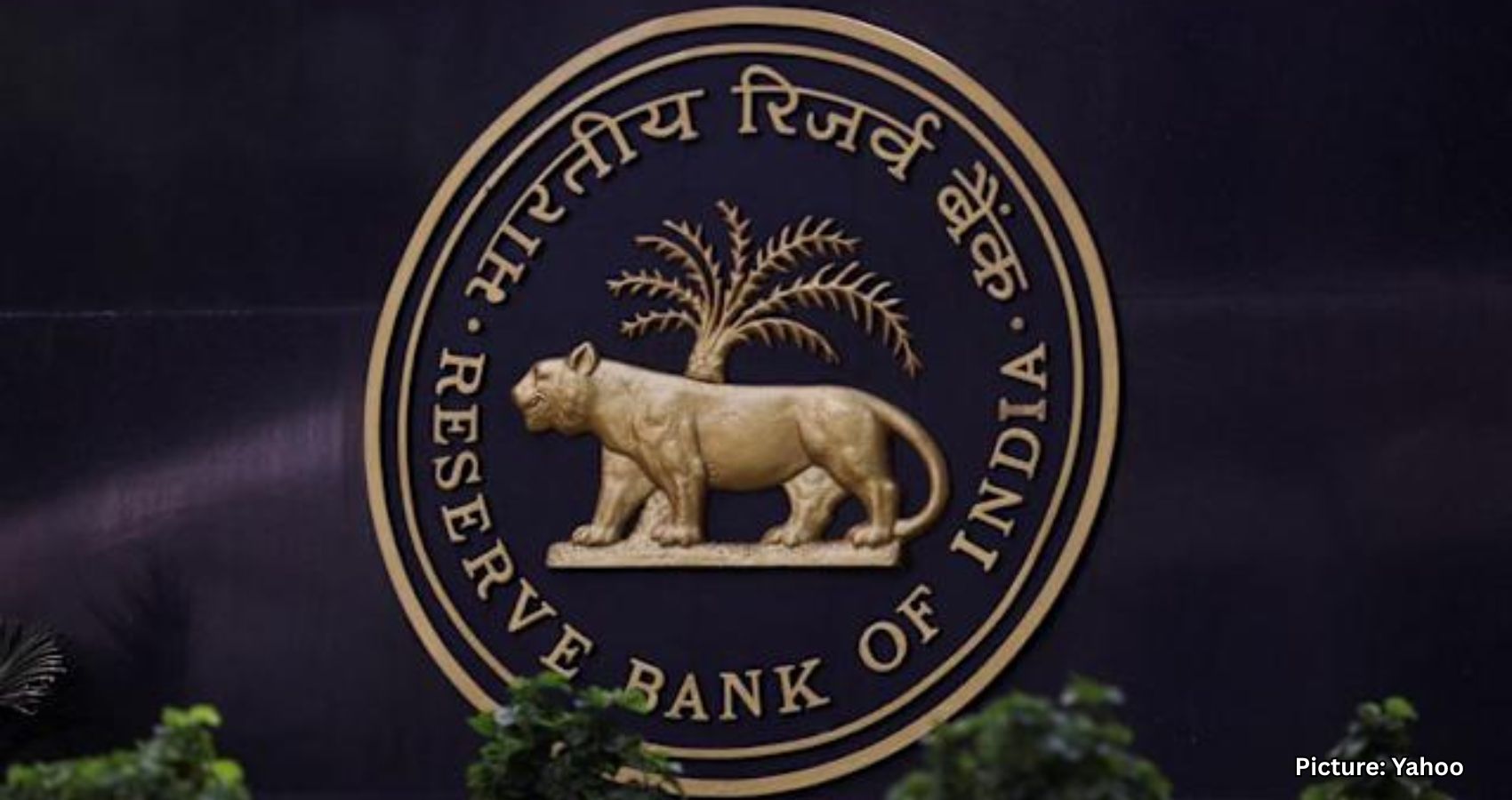
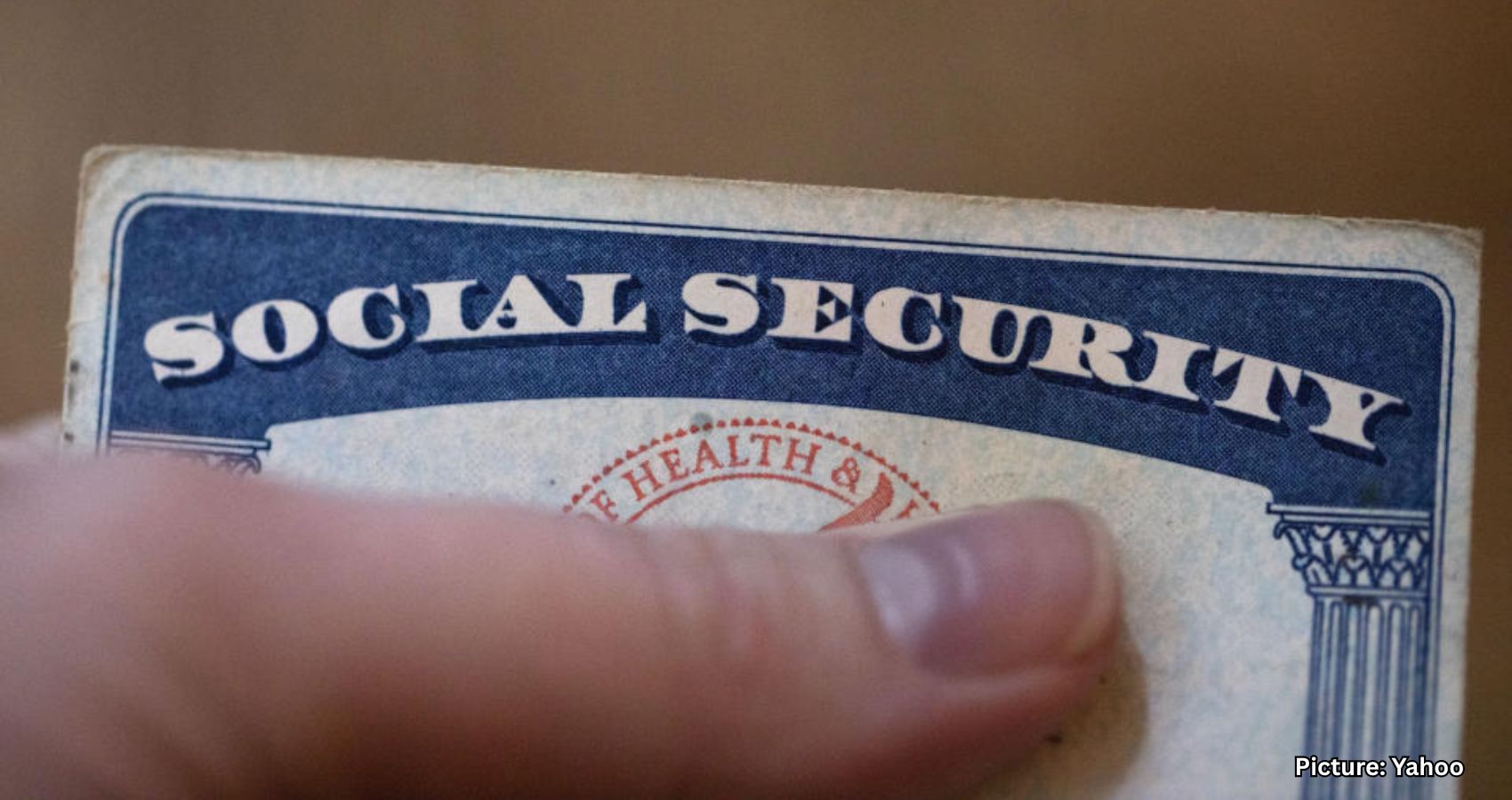

 The book launch garnered widespread attention and praise, underscoring the impact of India’s cultural footprint at one of the world’s most prestigious film festivals. Among the many distinguished guests attending the event were acclaimed figures from across the globe, including legendary Hollywood producer Ashok Amritraj, billionaire industrialist Prakash Hinduja, William Pfeiffer, Chairman of Global Gate, celebrated art historian Sundaram Tagore, and a range of internationally renowned filmmakers such as Gurinder Chaddha, Rima Das, Sudhir Misra, Pan Nalin, Deepak Tijori, and Vijay Singh. Together with leading personalities from both Indian and global cinema, they came together in a show of solidarity and celebration of India’s cultural ascent.
The book launch garnered widespread attention and praise, underscoring the impact of India’s cultural footprint at one of the world’s most prestigious film festivals. Among the many distinguished guests attending the event were acclaimed figures from across the globe, including legendary Hollywood producer Ashok Amritraj, billionaire industrialist Prakash Hinduja, William Pfeiffer, Chairman of Global Gate, celebrated art historian Sundaram Tagore, and a range of internationally renowned filmmakers such as Gurinder Chaddha, Rima Das, Sudhir Misra, Pan Nalin, Deepak Tijori, and Vijay Singh. Together with leading personalities from both Indian and global cinema, they came together in a show of solidarity and celebration of India’s cultural ascent.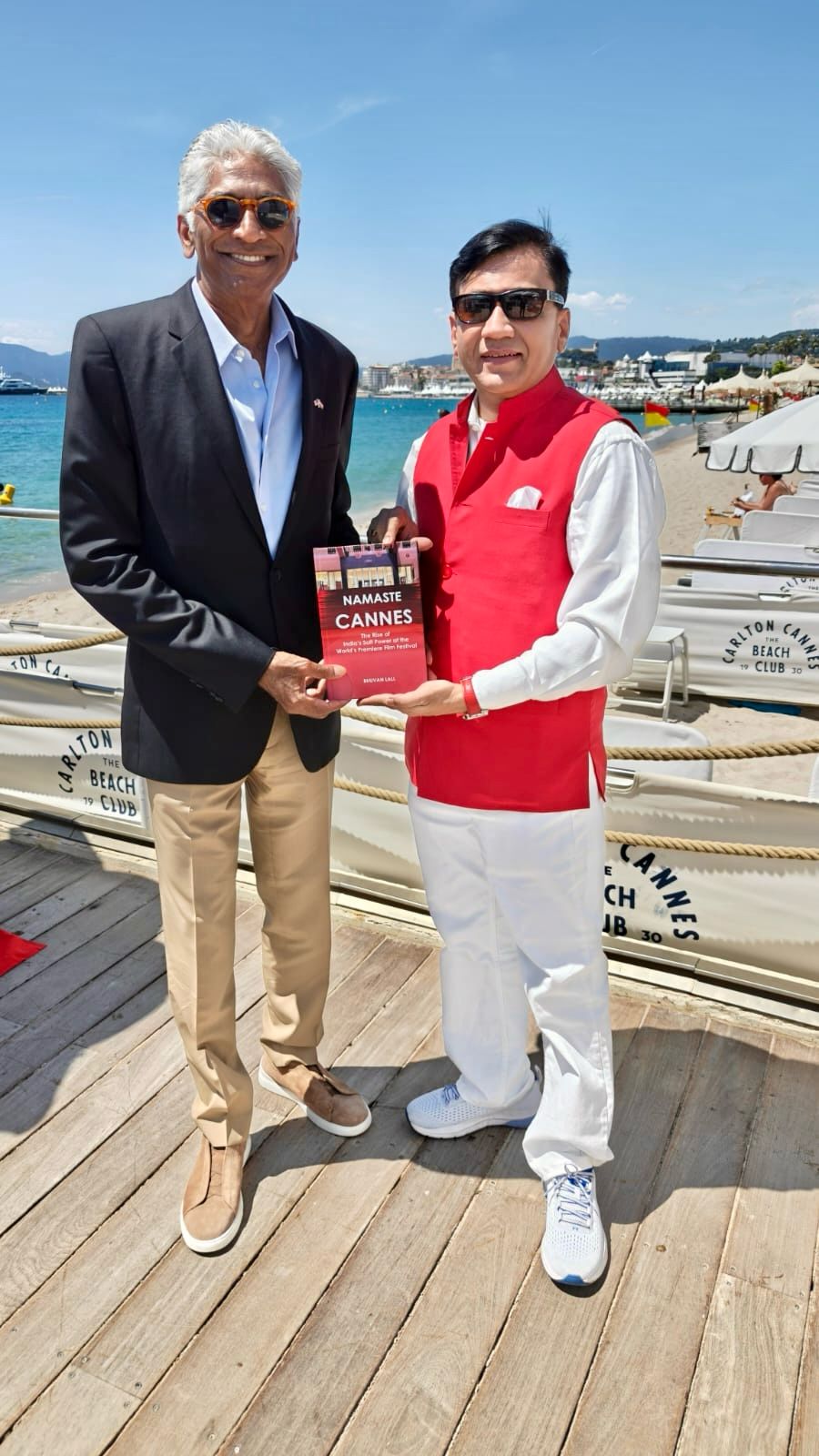 influencer. Bhuvan Lall, clearly moved by the moment, shared his personal reflections on the launch and his decades-long association with Cannes. “Cannes 2025 has been a dream come true, both for my journey of 3 decades at the festival and the launch of Namaste Cannes. I’m honored to share this story of India’s soft power with the world,” he said.
influencer. Bhuvan Lall, clearly moved by the moment, shared his personal reflections on the launch and his decades-long association with Cannes. “Cannes 2025 has been a dream come true, both for my journey of 3 decades at the festival and the launch of Namaste Cannes. I’m honored to share this story of India’s soft power with the world,” he said.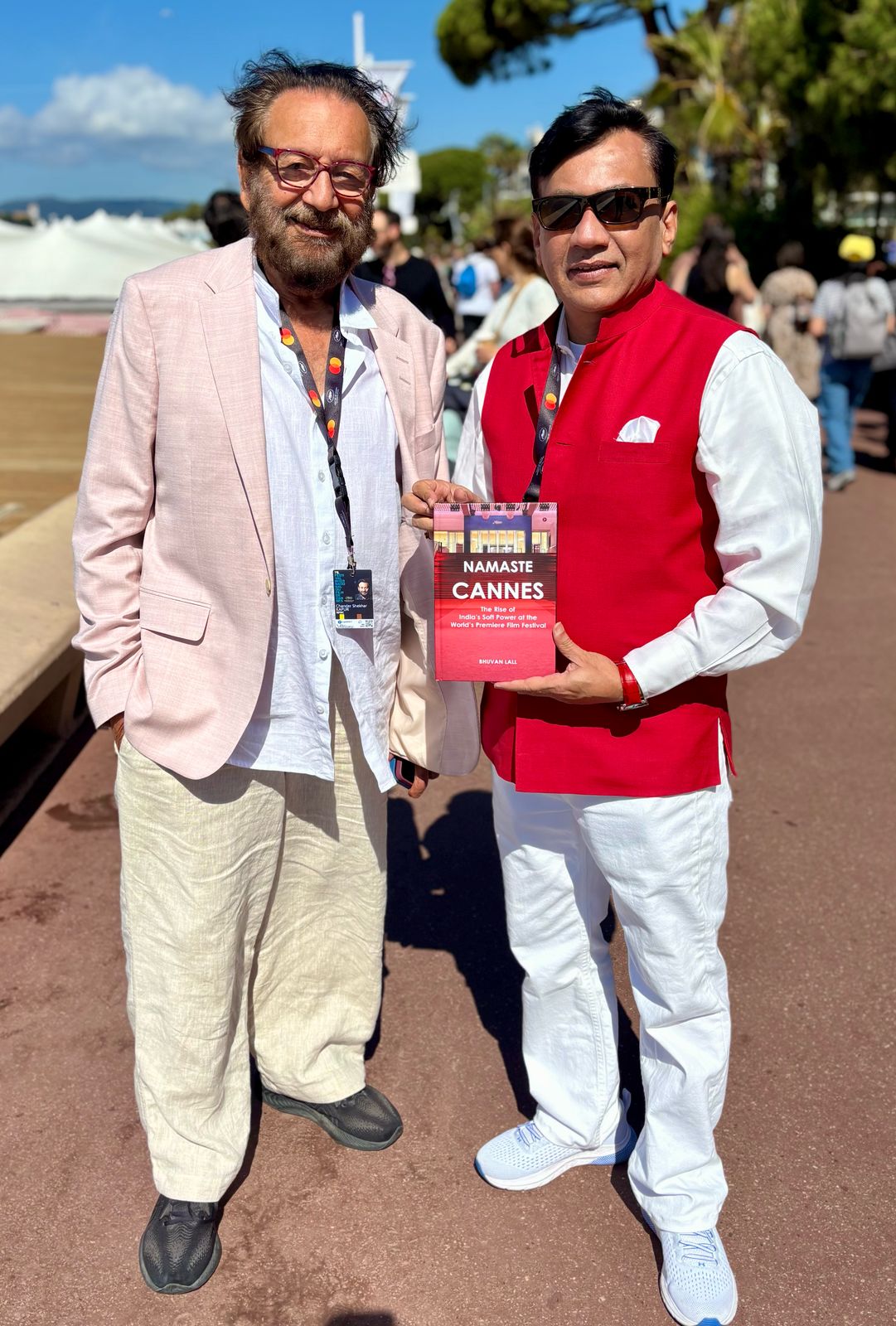 The selection of Cannes as the venue for this launch was deeply symbolic. As one of the most celebrated film festivals in the world, Cannes has long been a benchmark for cinematic excellence. Holding the book launch here sent a powerful message about how far India has come in terms of artistic recognition and global outreach. For Bhuvan Lall, whose own relationship with the festival spans over thirty years, it was a moment of deep personal and professional fulfillment.
The selection of Cannes as the venue for this launch was deeply symbolic. As one of the most celebrated film festivals in the world, Cannes has long been a benchmark for cinematic excellence. Holding the book launch here sent a powerful message about how far India has come in terms of artistic recognition and global outreach. For Bhuvan Lall, whose own relationship with the festival spans over thirty years, it was a moment of deep personal and professional fulfillment.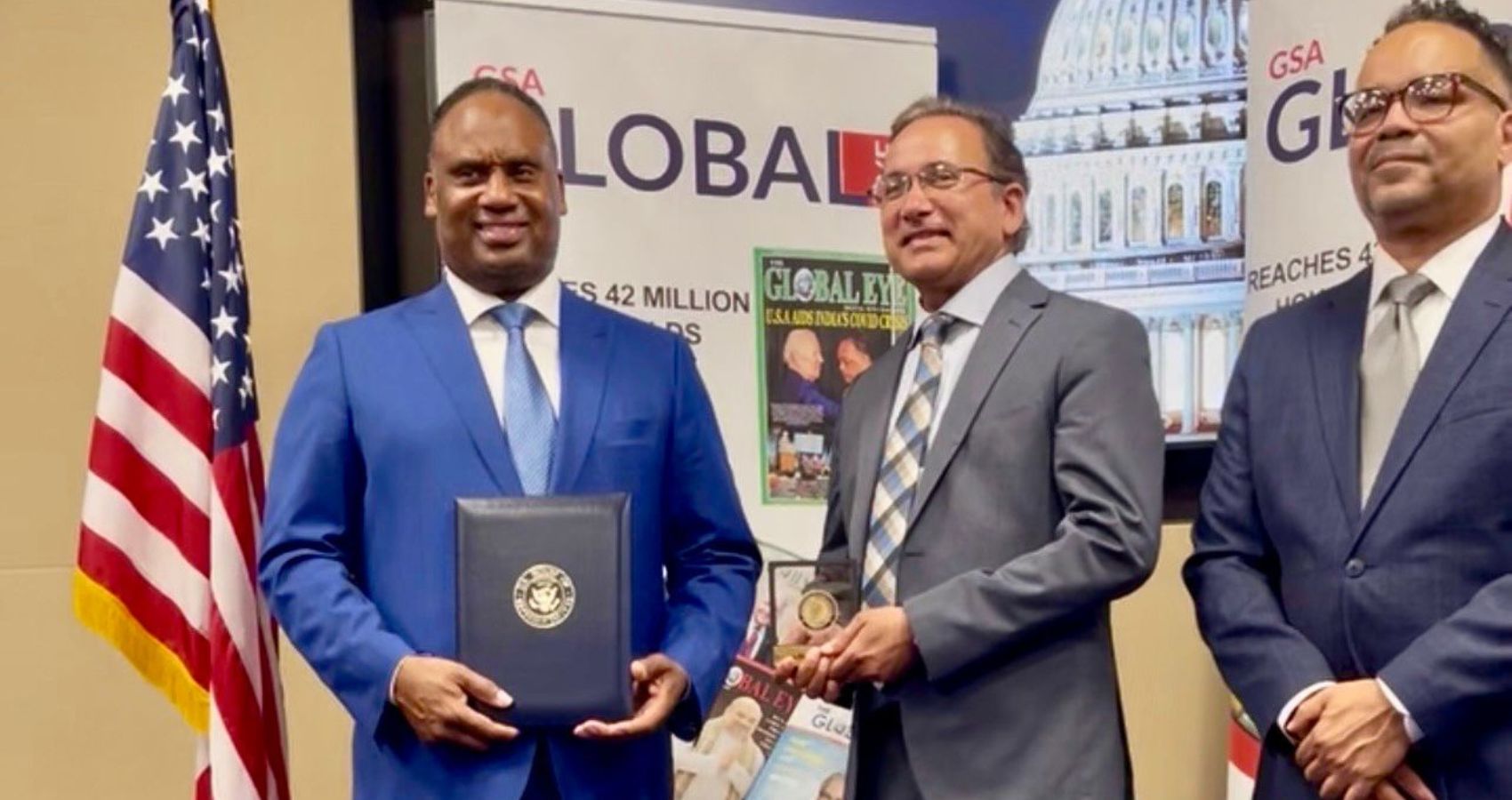
 As a Diplomat of the American Board of Lifestyle Medicine, championing holistic approaches to managing and reducing Chronic Disease, especially in underserved communities, “Dr Kathula’s contributions extend far beyond the walls of his clinic. As a visionary leader in AAPI, he has amplified the voices of Physicians of Indian religion, advocated for meaningful healthcare reforms, and promoted international collaboration in medicine and research under his leadership,” Rep. Jackson added.
As a Diplomat of the American Board of Lifestyle Medicine, championing holistic approaches to managing and reducing Chronic Disease, especially in underserved communities, “Dr Kathula’s contributions extend far beyond the walls of his clinic. As a visionary leader in AAPI, he has amplified the voices of Physicians of Indian religion, advocated for meaningful healthcare reforms, and promoted international collaboration in medicine and research under his leadership,” Rep. Jackson added.



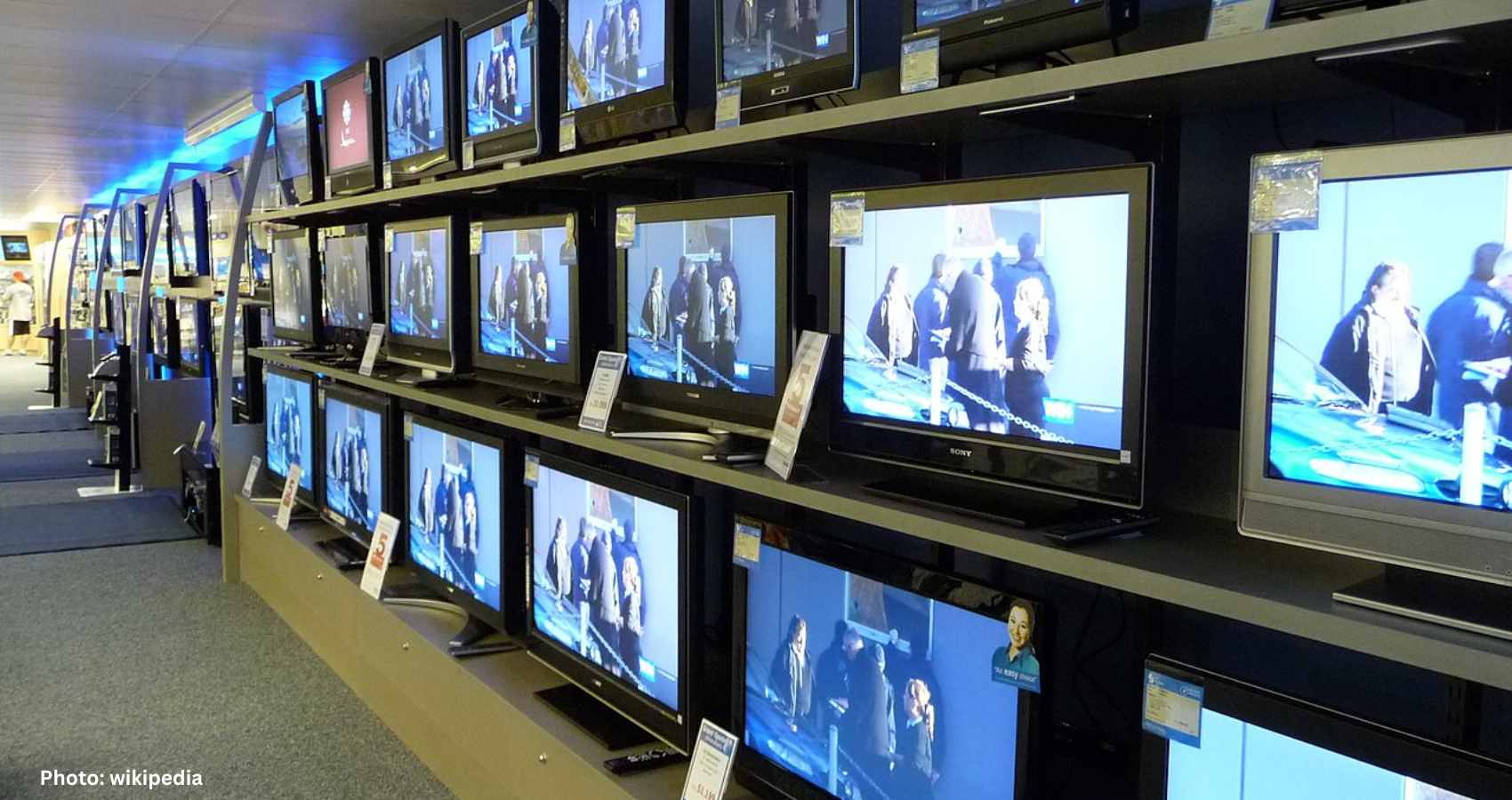
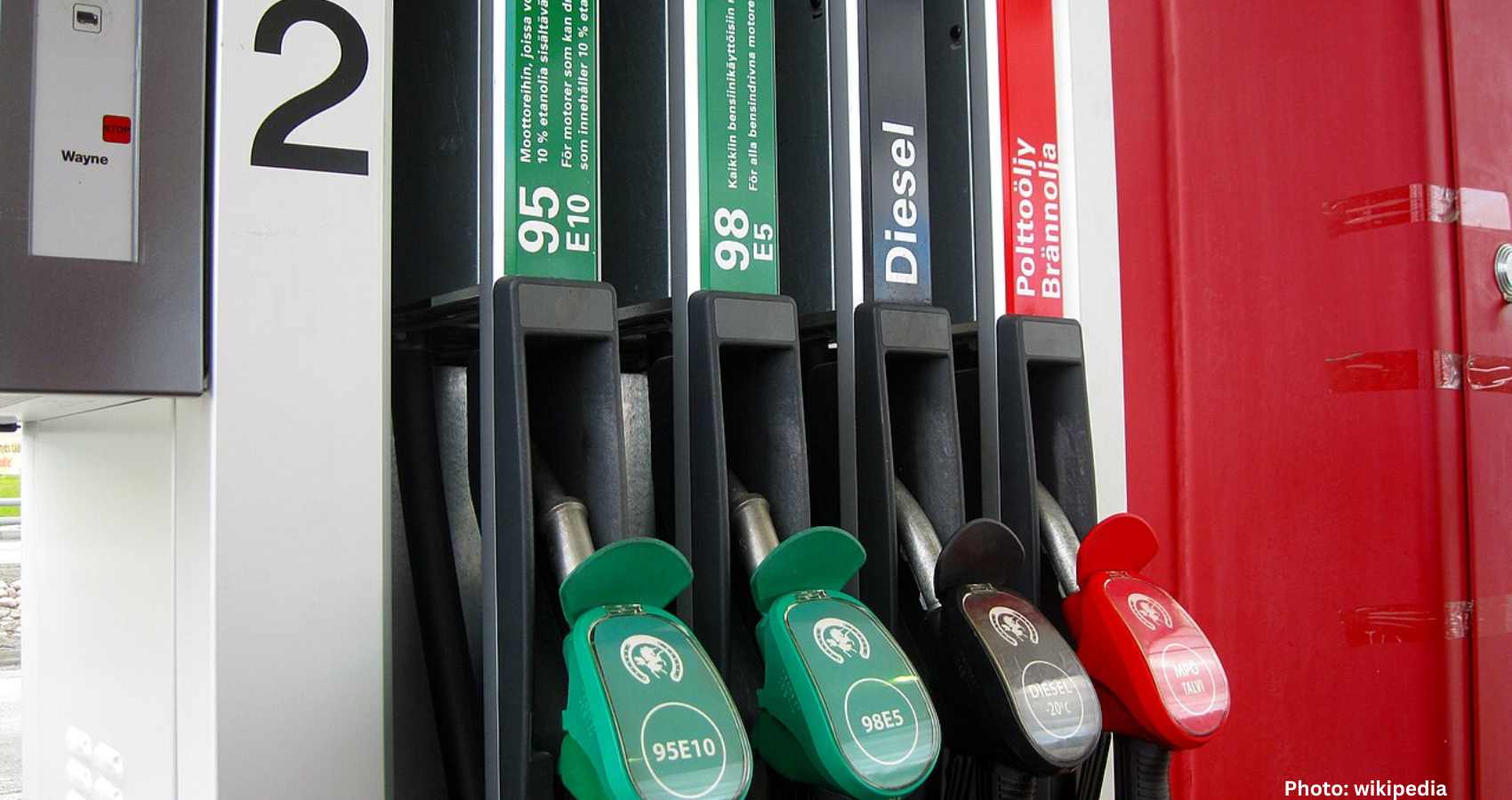

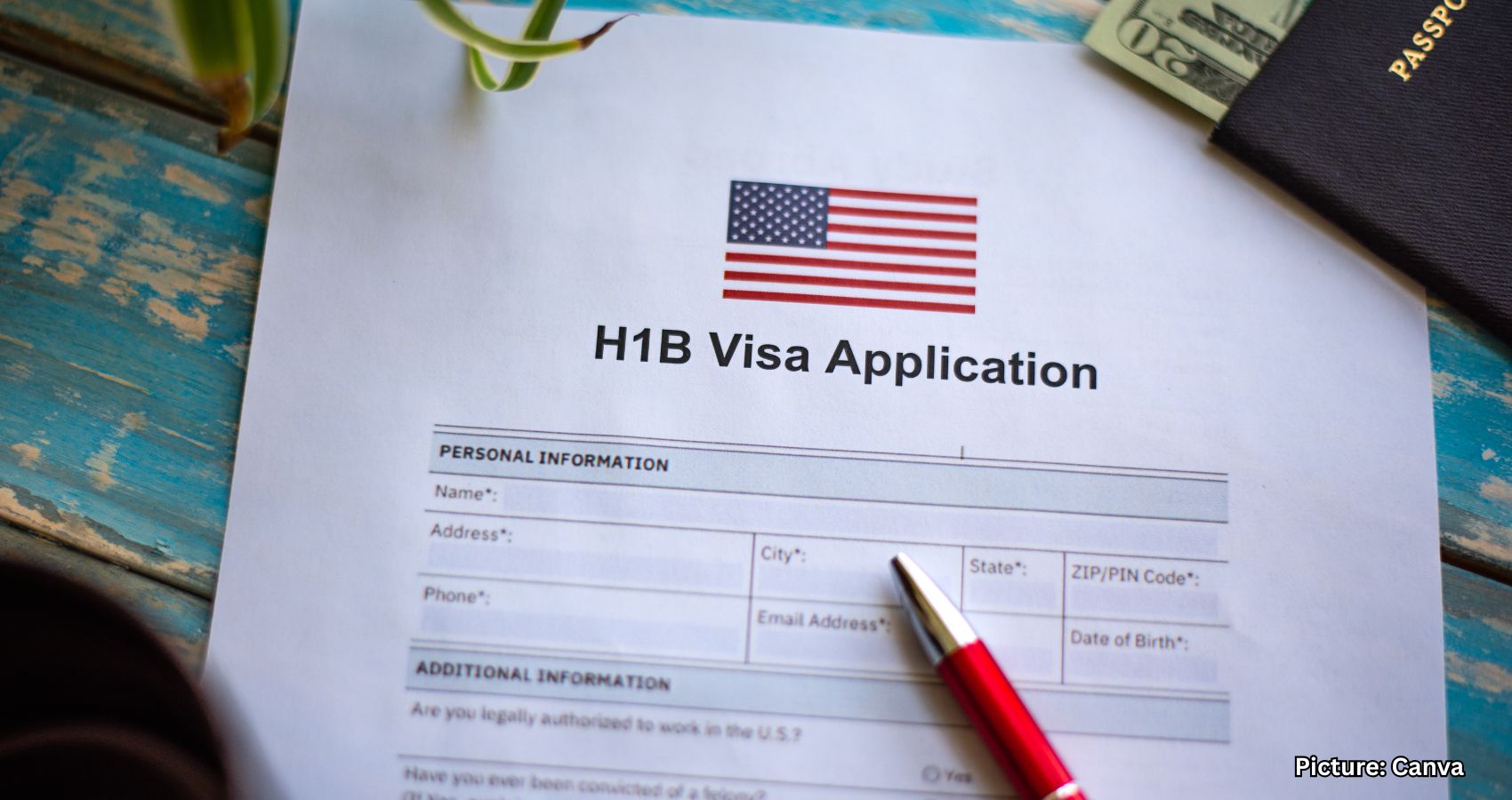
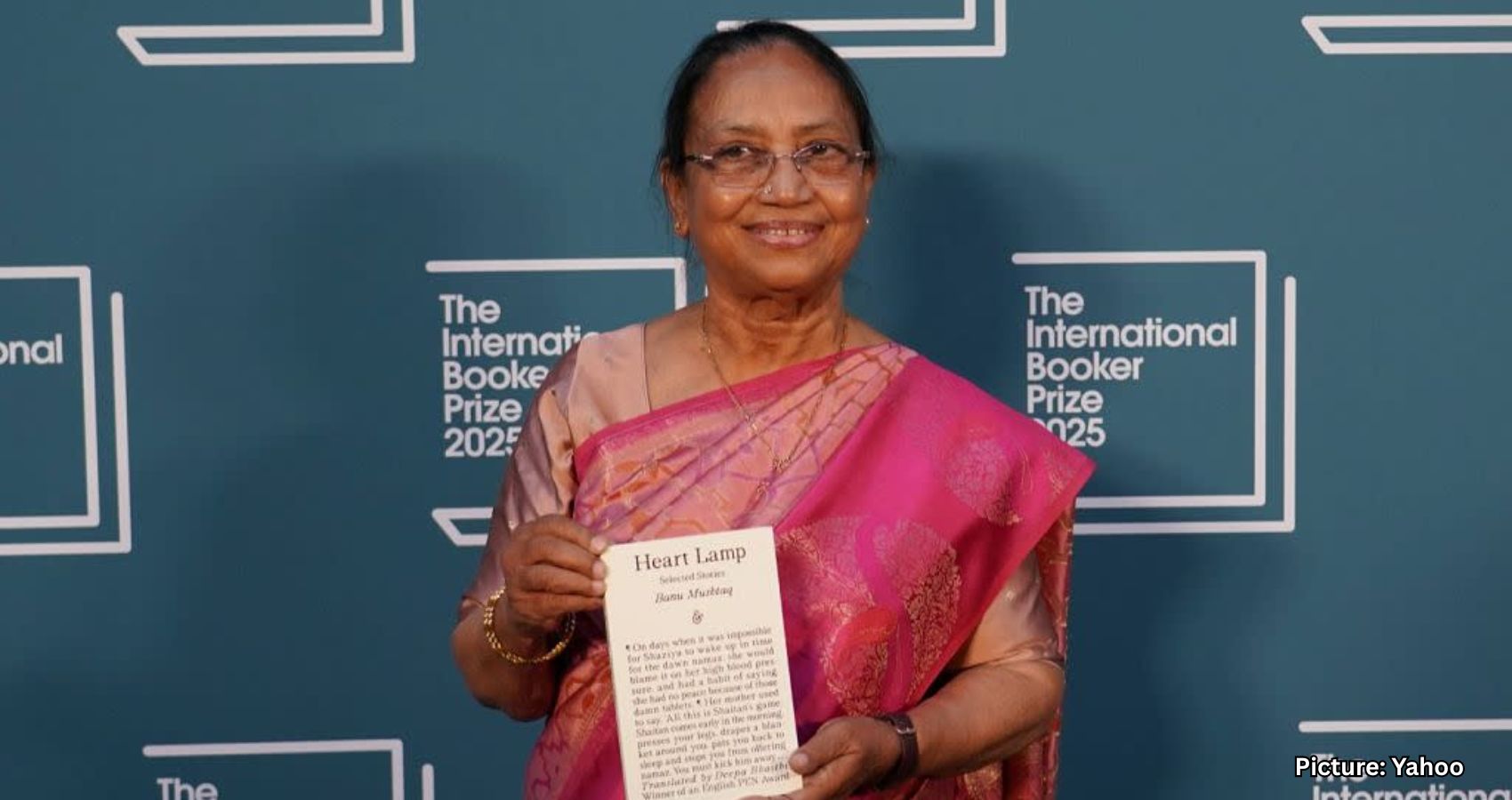

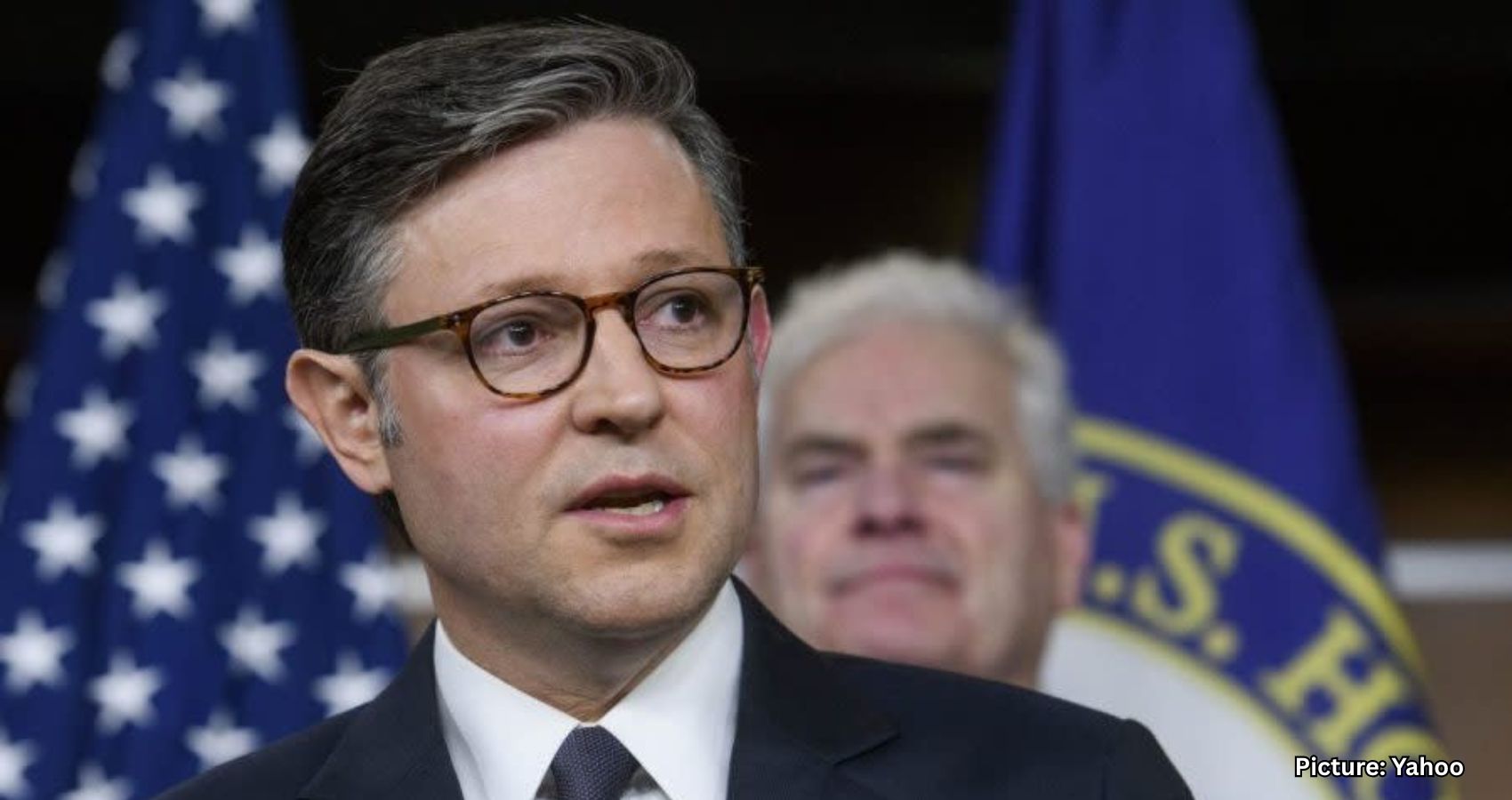
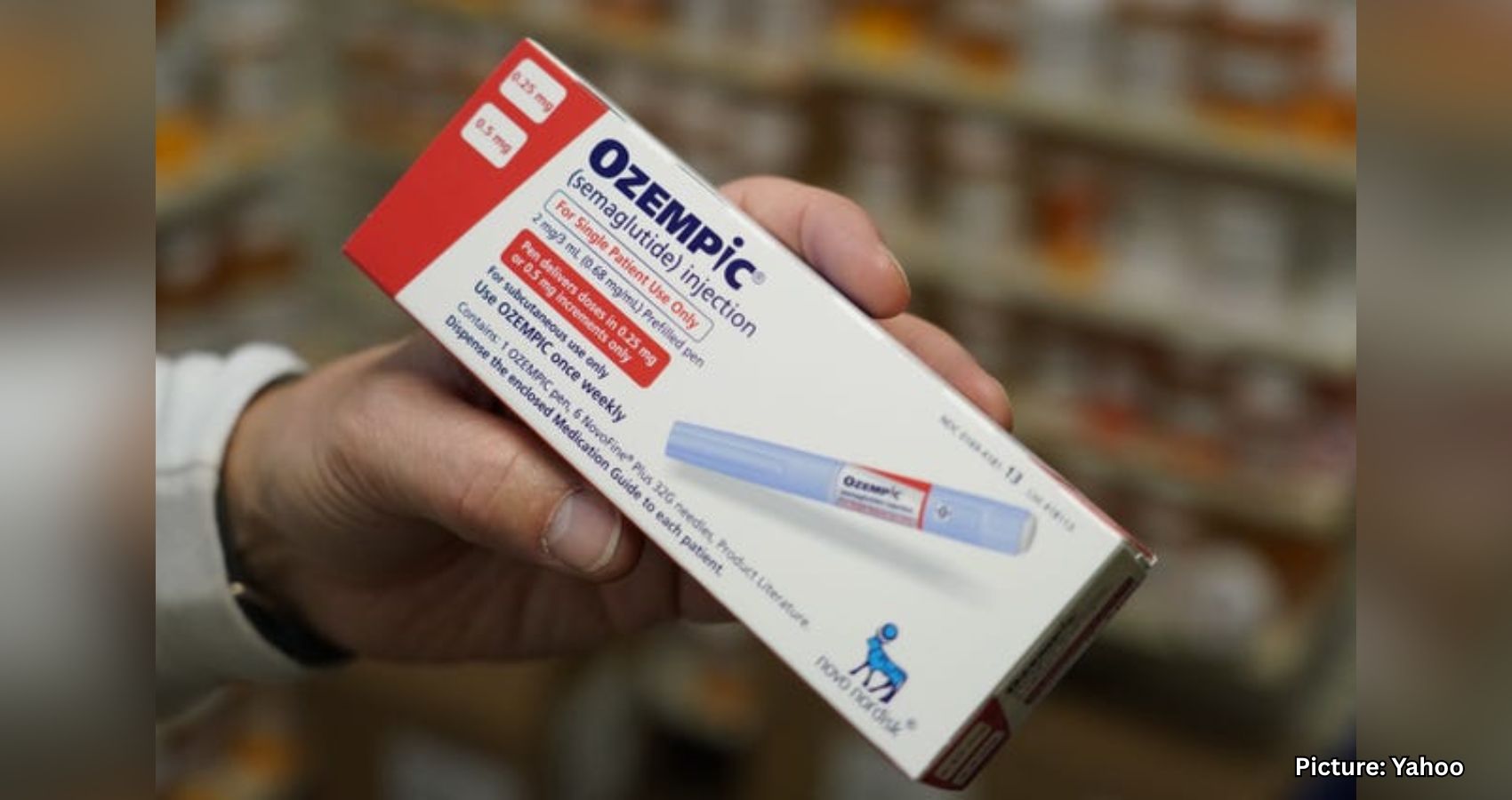
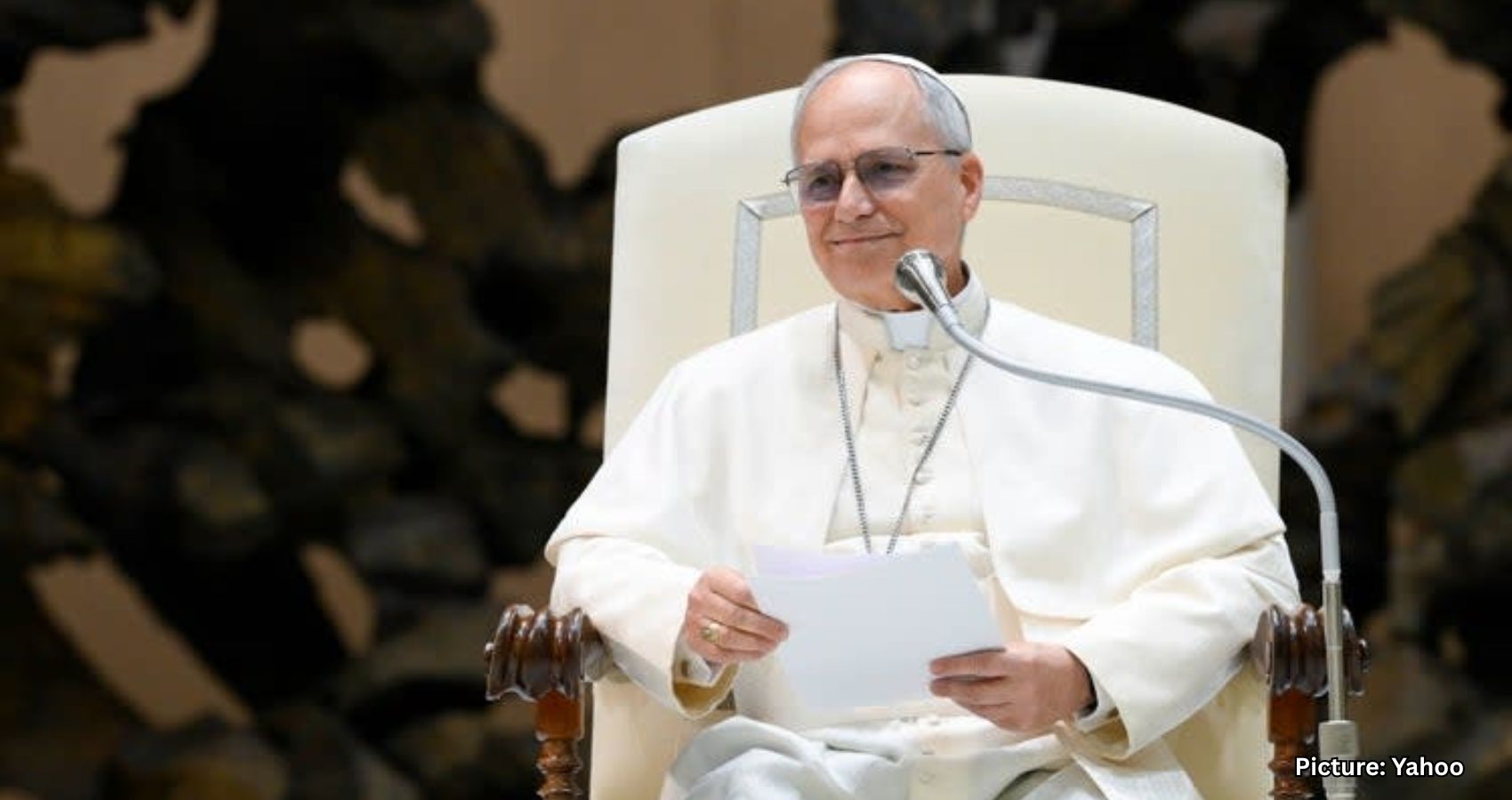
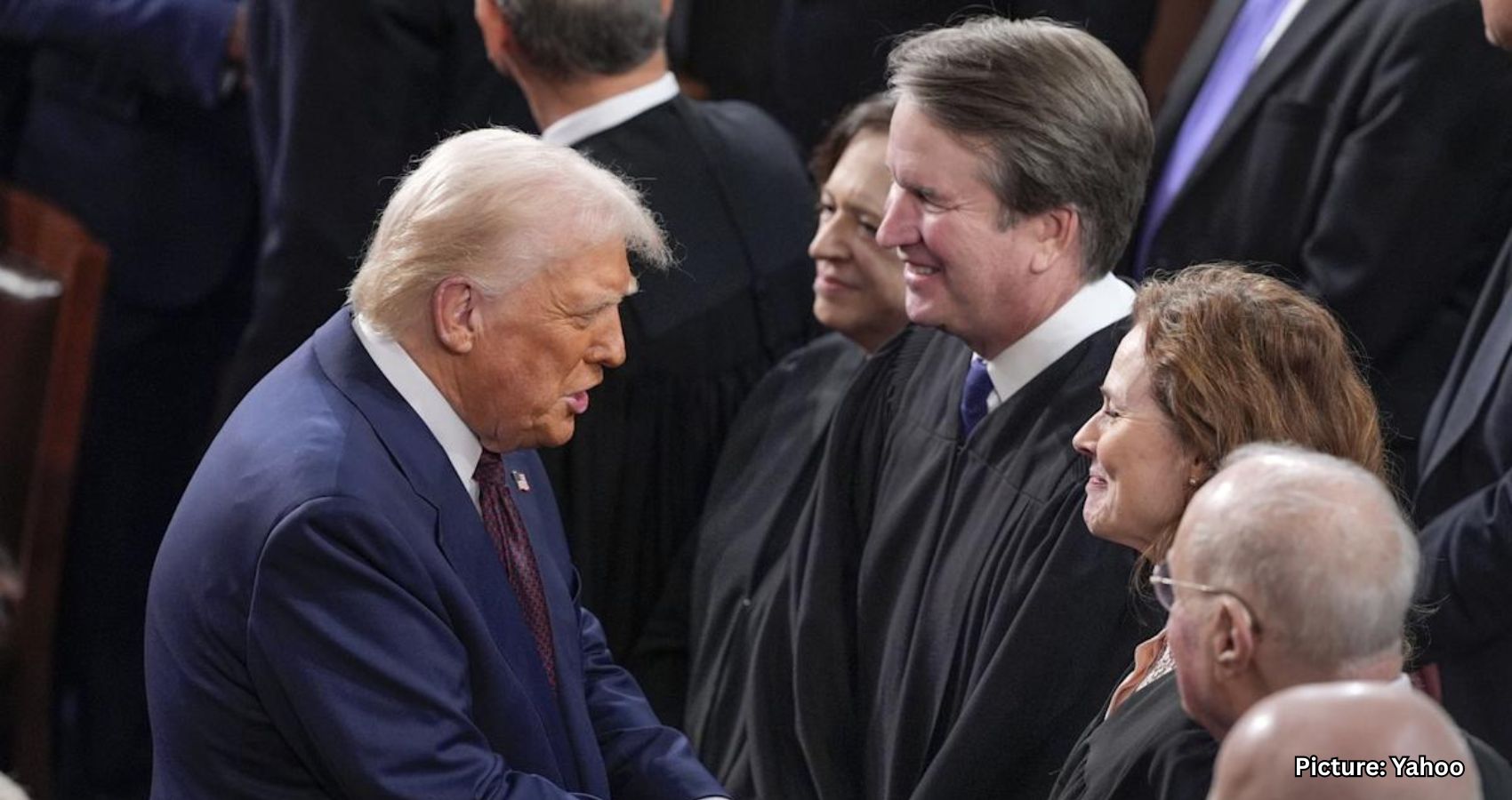


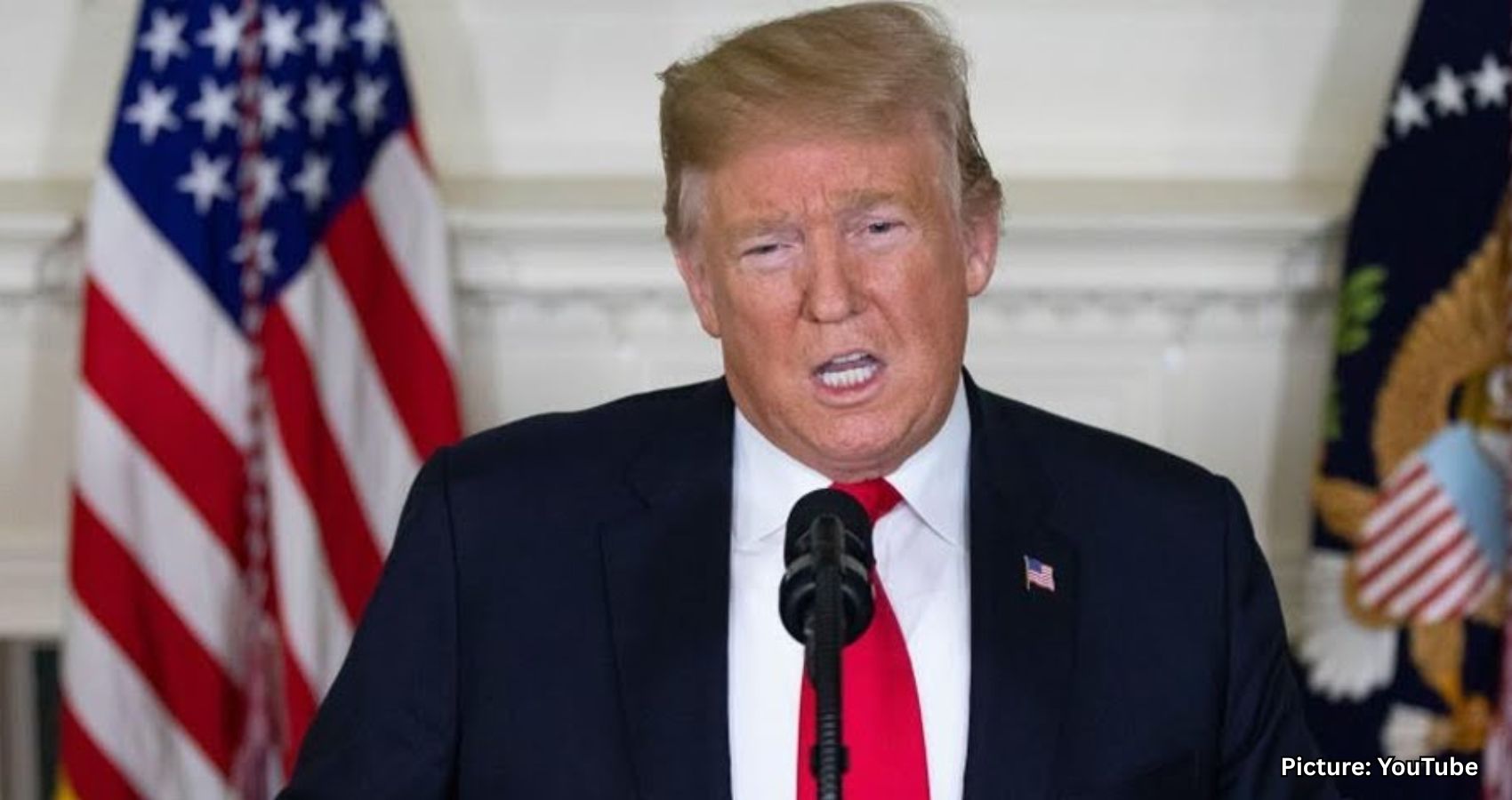
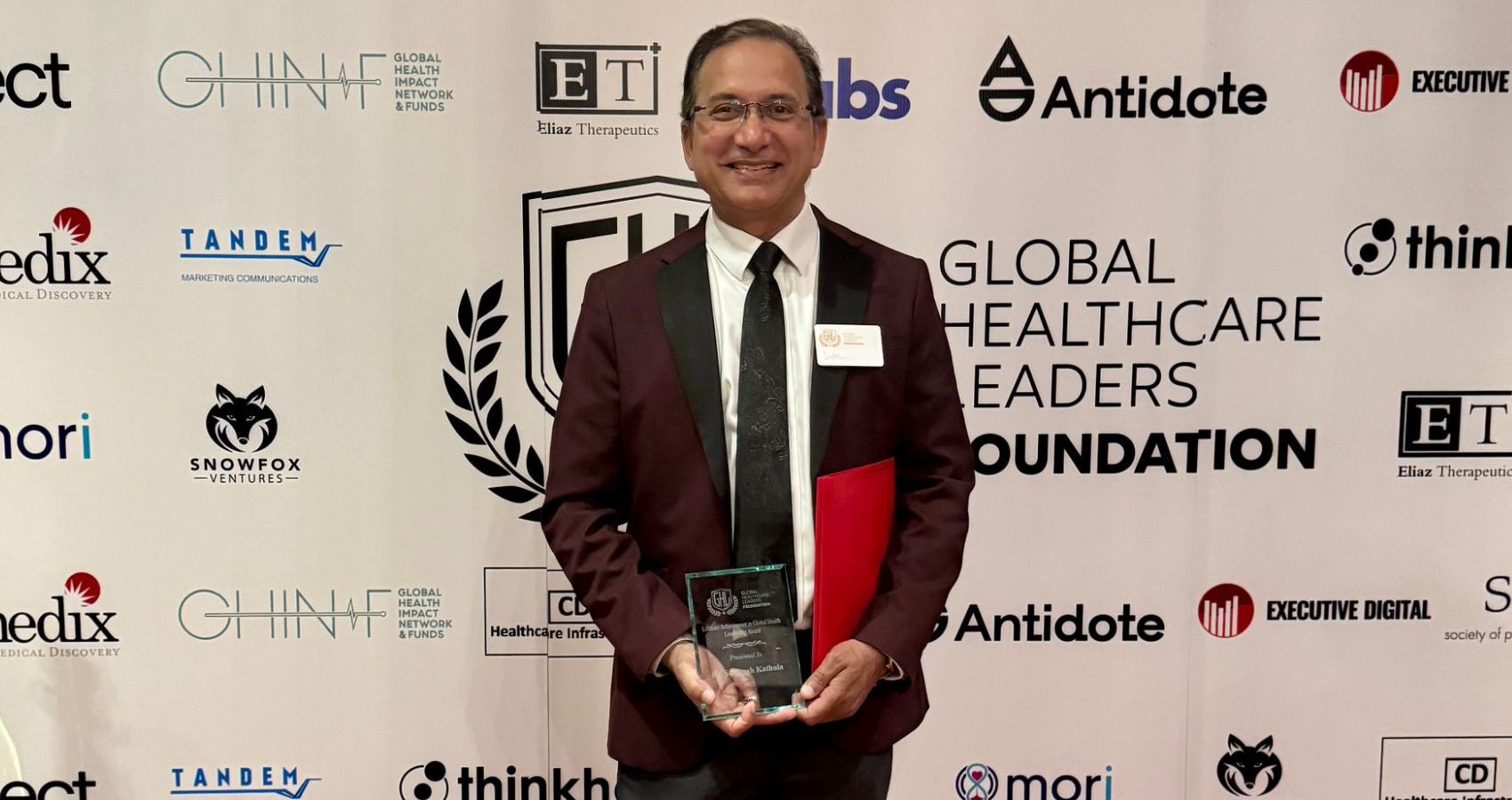
 Dr. Satheesh Kathula is a renowned hematologist and oncologist based in Dayton, Ohio, currently serving as the President of the American Association of Physicians of Indian Origin (AAPI). Dr. Kathula, in his response after receiving the award, said, “I am truly humbled to receive this Lifetime Achievement in Global Healthcare Leadership alongside several other remarkable individuals. This inspires not only me, but the people who are serving the community and society at large.”
Dr. Satheesh Kathula is a renowned hematologist and oncologist based in Dayton, Ohio, currently serving as the President of the American Association of Physicians of Indian Origin (AAPI). Dr. Kathula, in his response after receiving the award, said, “I am truly humbled to receive this Lifetime Achievement in Global Healthcare Leadership alongside several other remarkable individuals. This inspires not only me, but the people who are serving the community and society at large.” Under his leadership, AAPI has launched a program called “Million Miles of Gratitude” to honor veterans by promoting physical activity. Participants can log their walking or running miles, with each mile serving as a tribute to the veterans. The goal is to collectively reach a million miles in the coming year. In May this year, he led a highly successful AAPI Legislative Day on Capitol Hill, where AAPI sought to collectively shape the best health care for the people of US, with the physician at the helm, caring for the medically underserved.
Under his leadership, AAPI has launched a program called “Million Miles of Gratitude” to honor veterans by promoting physical activity. Participants can log their walking or running miles, with each mile serving as a tribute to the veterans. The goal is to collectively reach a million miles in the coming year. In May this year, he led a highly successful AAPI Legislative Day on Capitol Hill, where AAPI sought to collectively shape the best health care for the people of US, with the physician at the helm, caring for the medically underserved. Dr Kathula’s love for his motherland has manifested in him setting up humanitarian and medical projects in India. The most important of them is establishing a state-of-the-art pharmacy college in Warangal in Telangana, where he grew up. Named the Pathfinder Institute of Pharmacy and Educational Research (PIPER), the non-profit with Dr Kathula as the Chairman provides quality education and has already graduated over 1,000 students who are now working in different parts of India and abroad. He conducted several medical camps close to his native place and donated a defibrillator, water purification plant, and library to his native place.
Dr Kathula’s love for his motherland has manifested in him setting up humanitarian and medical projects in India. The most important of them is establishing a state-of-the-art pharmacy college in Warangal in Telangana, where he grew up. Named the Pathfinder Institute of Pharmacy and Educational Research (PIPER), the non-profit with Dr Kathula as the Chairman provides quality education and has already graduated over 1,000 students who are now working in different parts of India and abroad. He conducted several medical camps close to his native place and donated a defibrillator, water purification plant, and library to his native place.



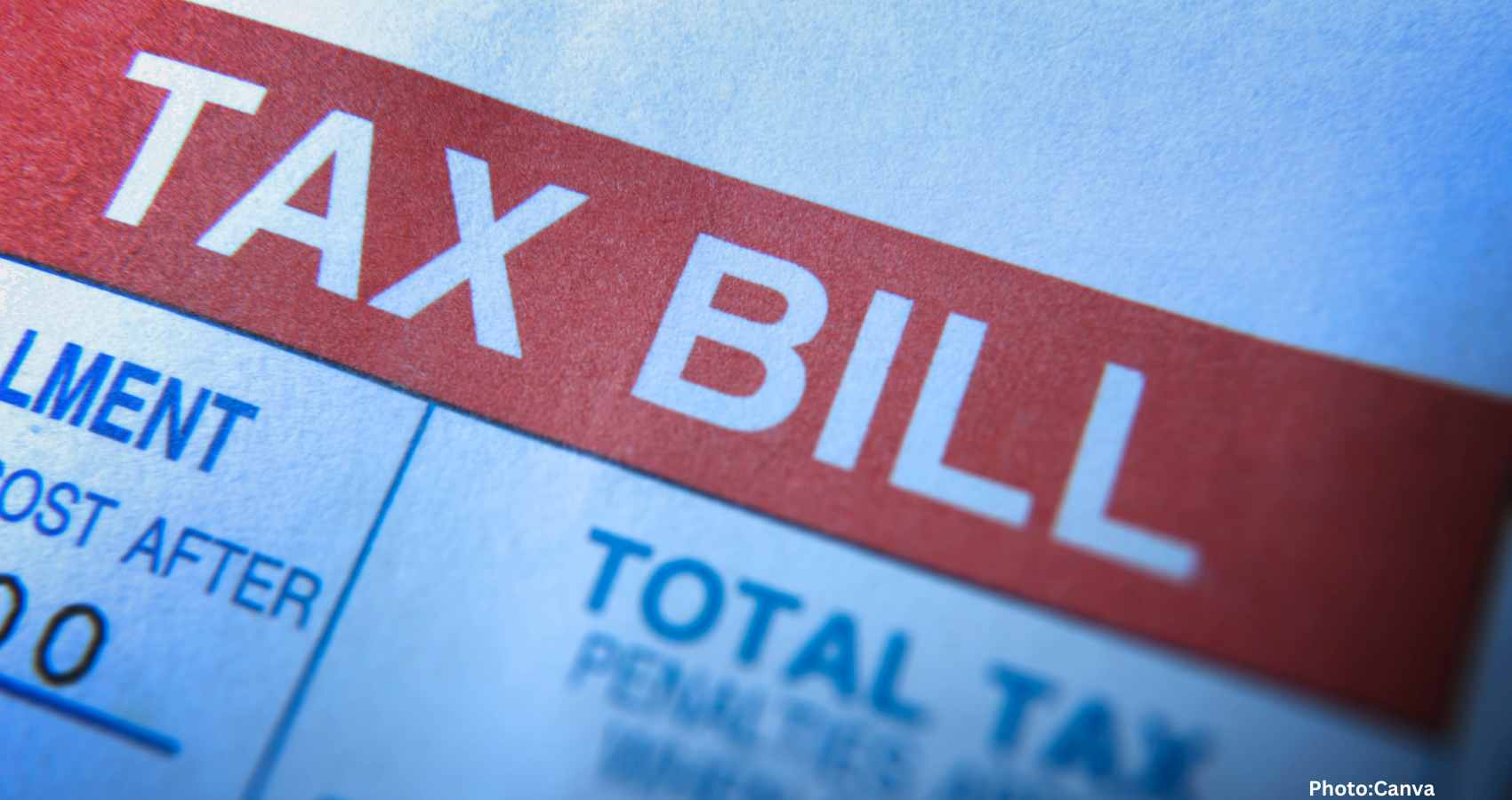




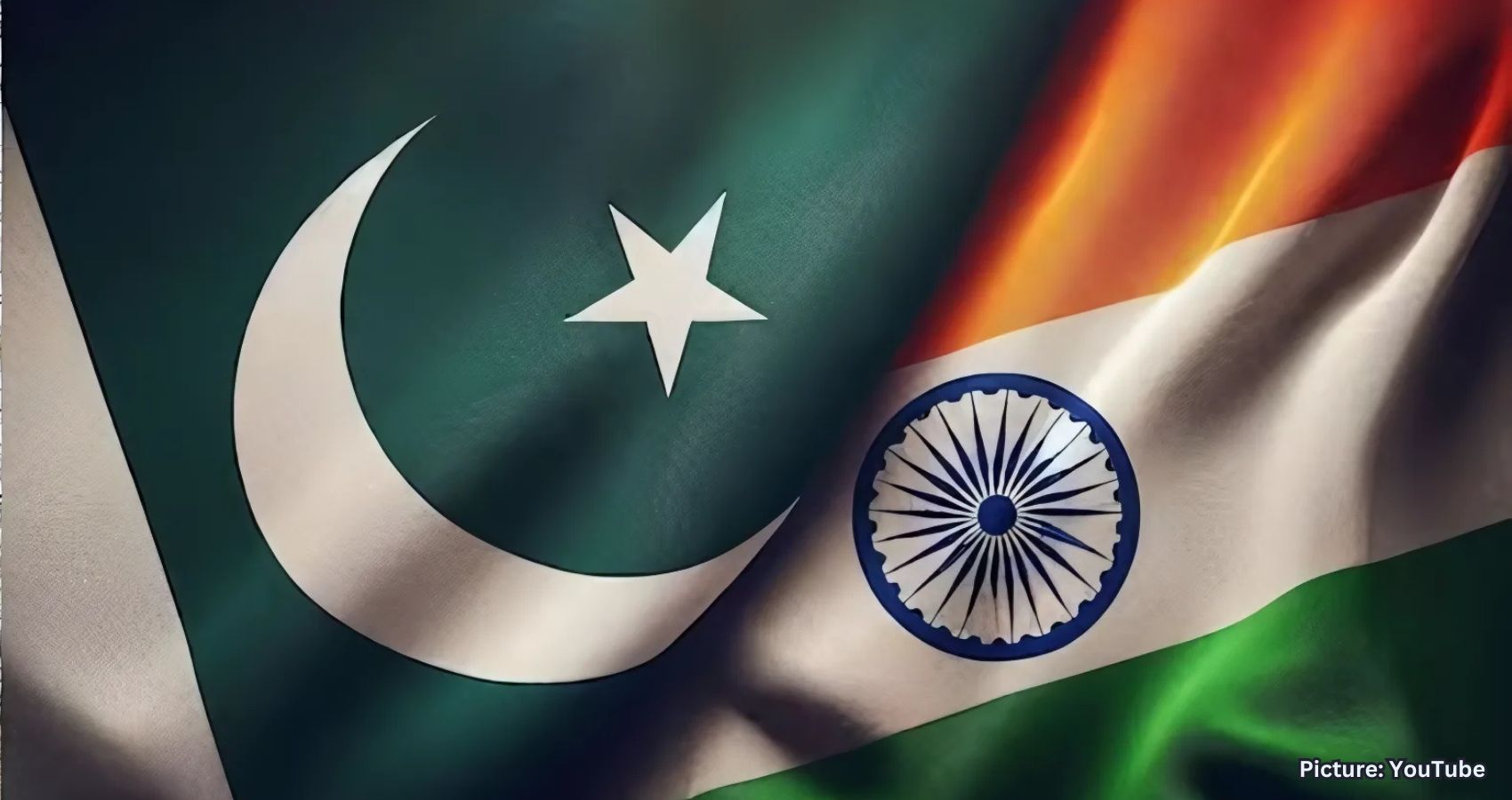
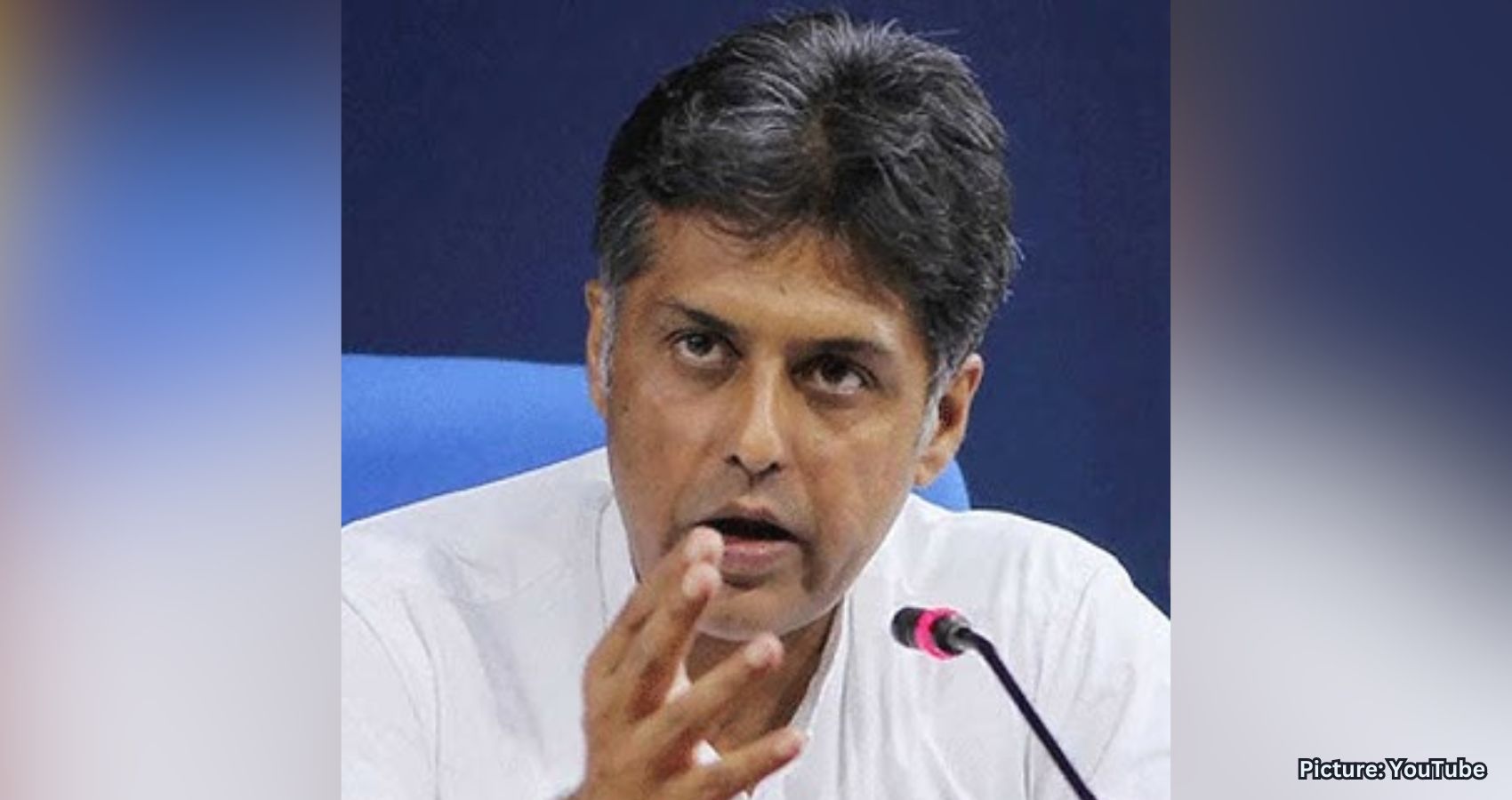
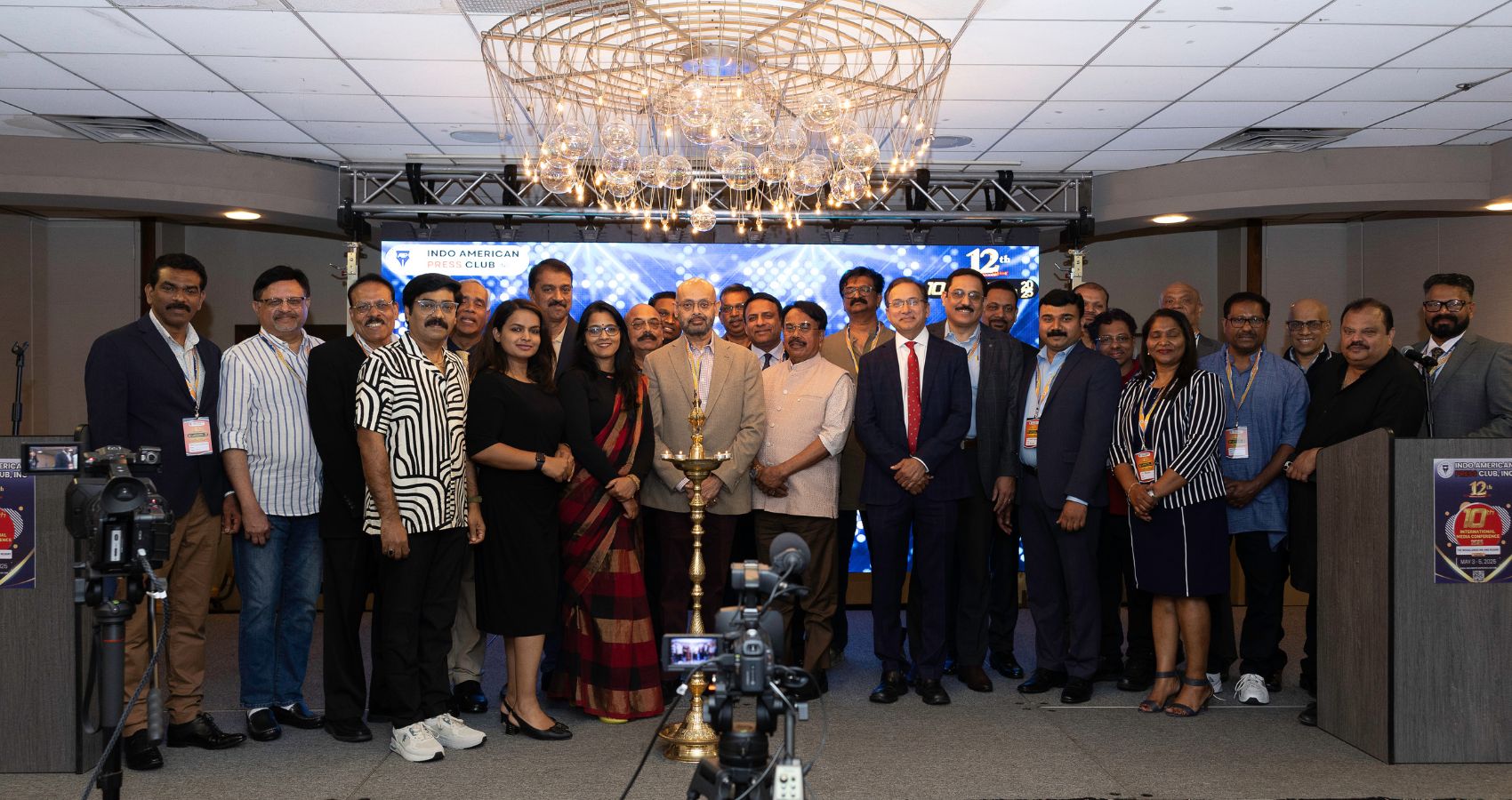
 Participants at the Conference were part of insightful panel discussions, keynote speeches, and interactive sessions led by media experts, offering valuable perspectives on the evolving world of journalism. With digital transformation and press freedom remaining critical global issues, the conference facilitated discussions on key challenges and potential solutions shaping the future of journalism.
Participants at the Conference were part of insightful panel discussions, keynote speeches, and interactive sessions led by media experts, offering valuable perspectives on the evolving world of journalism. With digital transformation and press freedom remaining critical global issues, the conference facilitated discussions on key challenges and potential solutions shaping the future of journalism. Dr. Vemuri S. Murthy is the co-investigator of a ground-breaking Cardiac Arrest Registry in India, “Warangal Area Cardiac Arrest Registry”. Dr. Murthy, a past President of the Chicago Medical Society and Indian American Medical Association (Illinois), has received several prestigious national and international awards and a Medal of US Congress as “Global Champion of Resuscitation” for his professional and community service contributions in the USA and India.
Dr. Vemuri S. Murthy is the co-investigator of a ground-breaking Cardiac Arrest Registry in India, “Warangal Area Cardiac Arrest Registry”. Dr. Murthy, a past President of the Chicago Medical Society and Indian American Medical Association (Illinois), has received several prestigious national and international awards and a Medal of US Congress as “Global Champion of Resuscitation” for his professional and community service contributions in the USA and India. The IAPC Souvenir Video edition was released after a video introduction by Dr. Mathew Joys, Chair of the Souvenir Committee and a short visual highlight of the souvenir on the screen, giving a glimpse of the beautifully curated content and memories it holds. In addition, the book “The Citizen Journalist,” written by Dr. Matthew Joys and providing guidelines for new media workers, was released by former Chairman Dr. Babu Stephen in the presence of eminent journalist Romi Mathew. The book is a compelling exploration of truth-telling in the modern world, blending insights from his rich experience in media, ethics, and civic engagement. Dr. Joys was then honored in absentia as one of the most prolific voices in the Indian American media community.
The IAPC Souvenir Video edition was released after a video introduction by Dr. Mathew Joys, Chair of the Souvenir Committee and a short visual highlight of the souvenir on the screen, giving a glimpse of the beautifully curated content and memories it holds. In addition, the book “The Citizen Journalist,” written by Dr. Matthew Joys and providing guidelines for new media workers, was released by former Chairman Dr. Babu Stephen in the presence of eminent journalist Romi Mathew. The book is a compelling exploration of truth-telling in the modern world, blending insights from his rich experience in media, ethics, and civic engagement. Dr. Joys was then honored in absentia as one of the most prolific voices in the Indian American media community.

